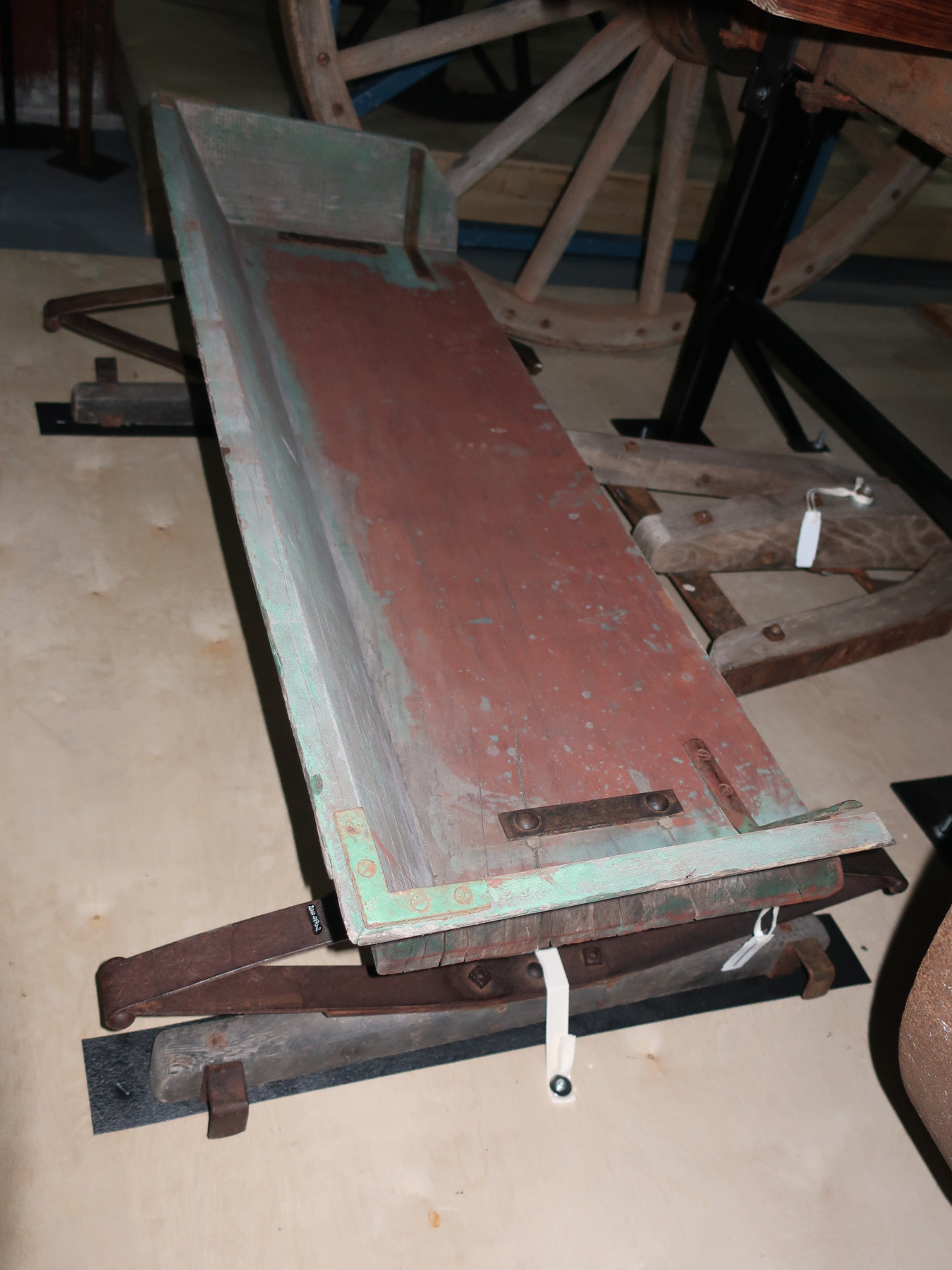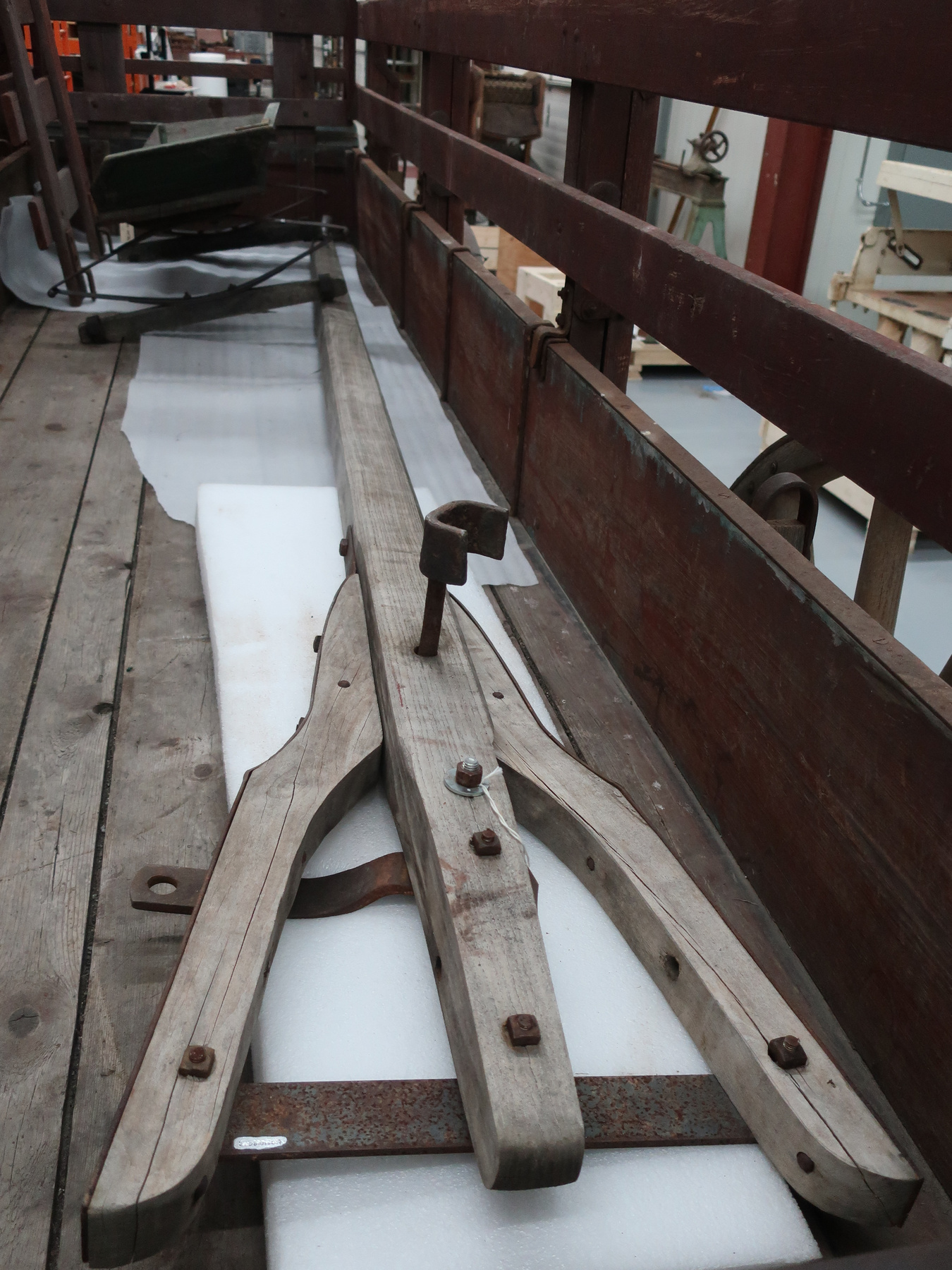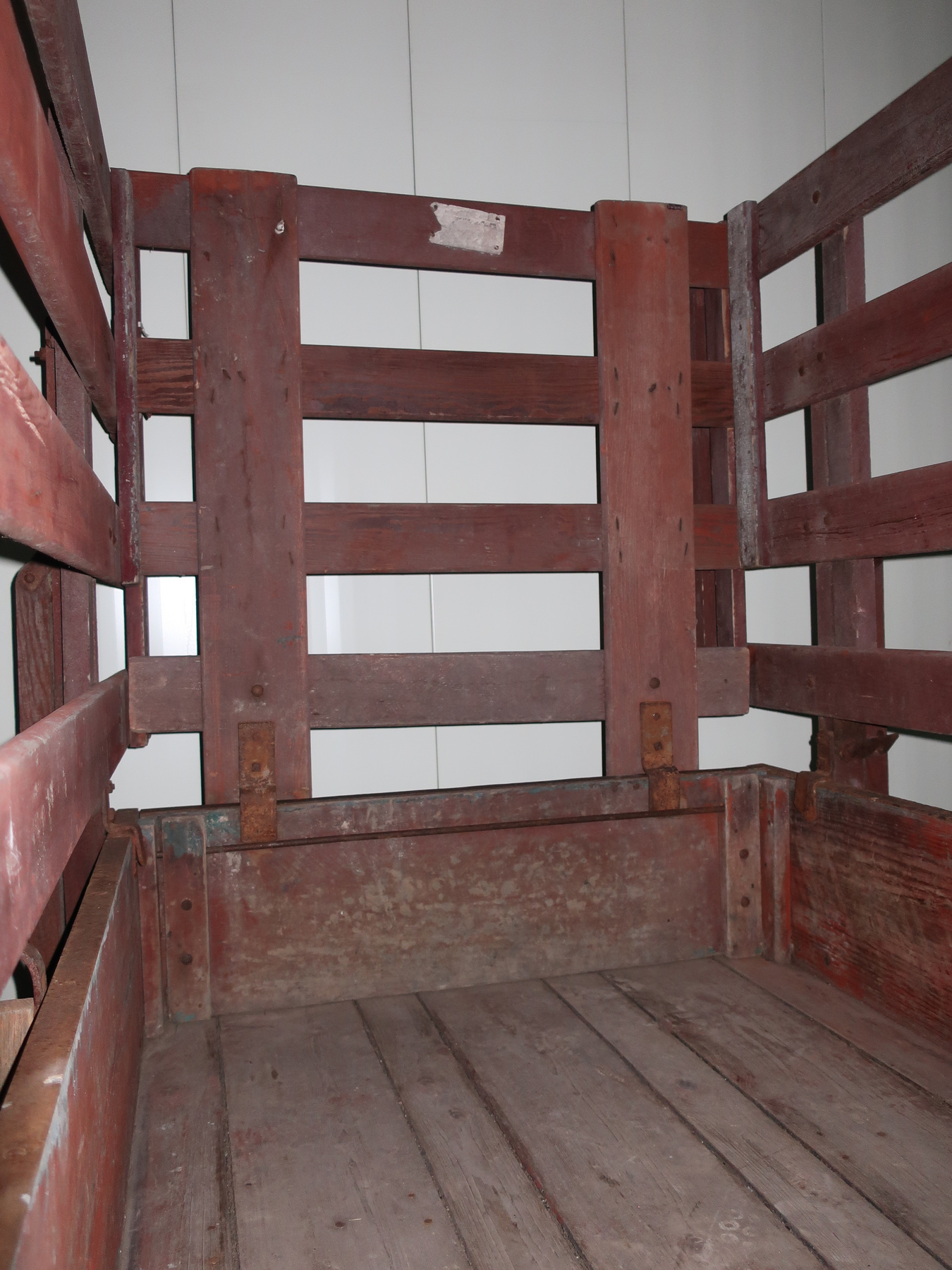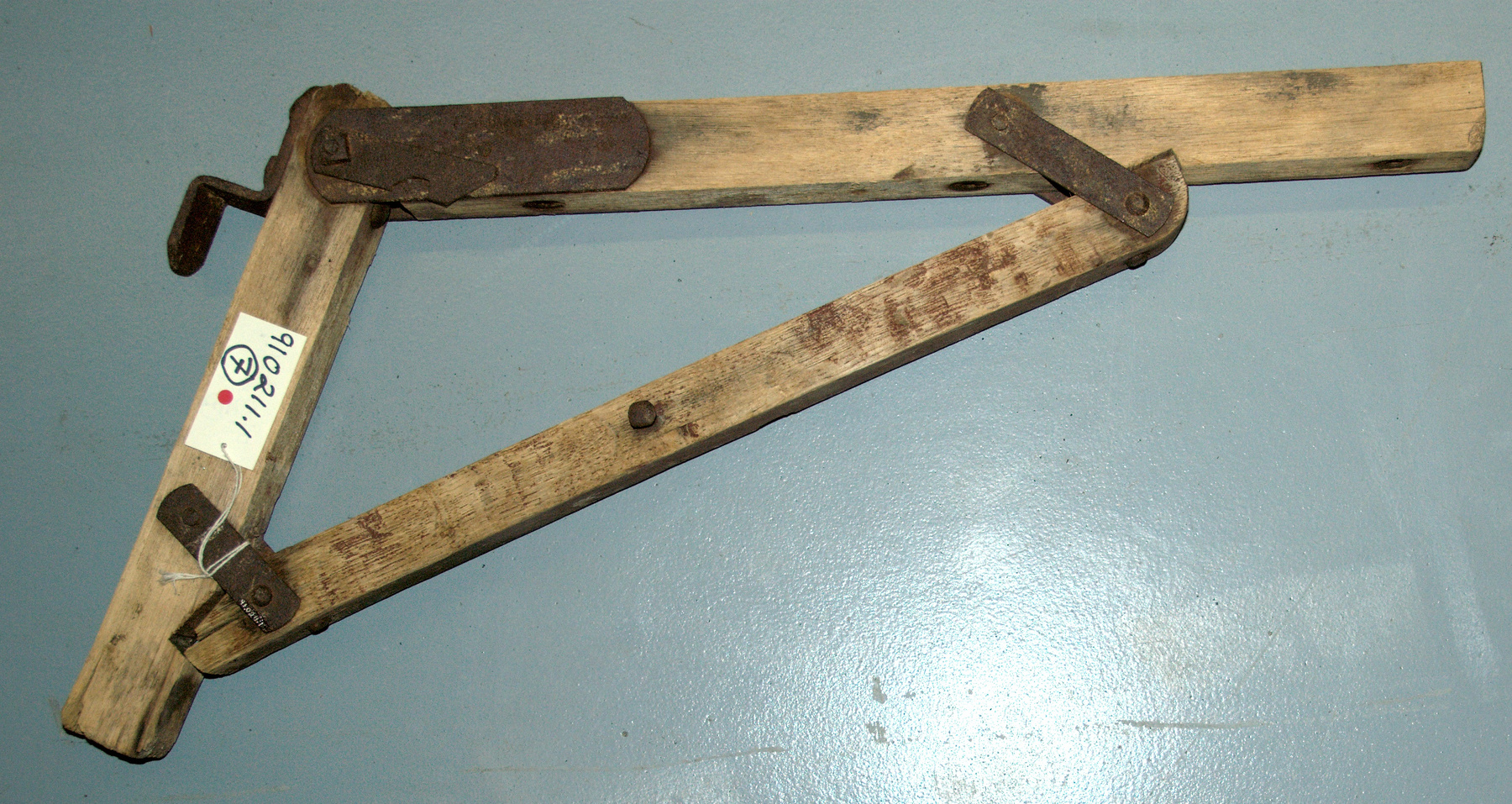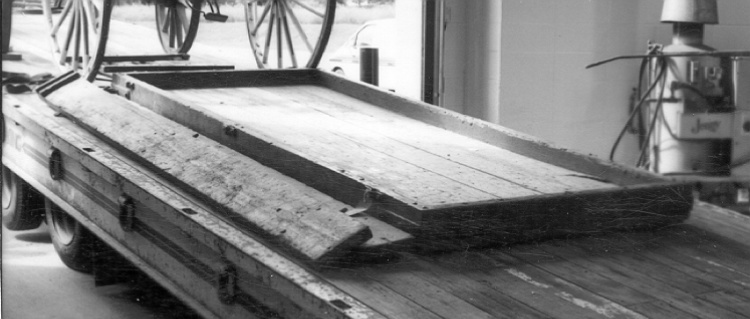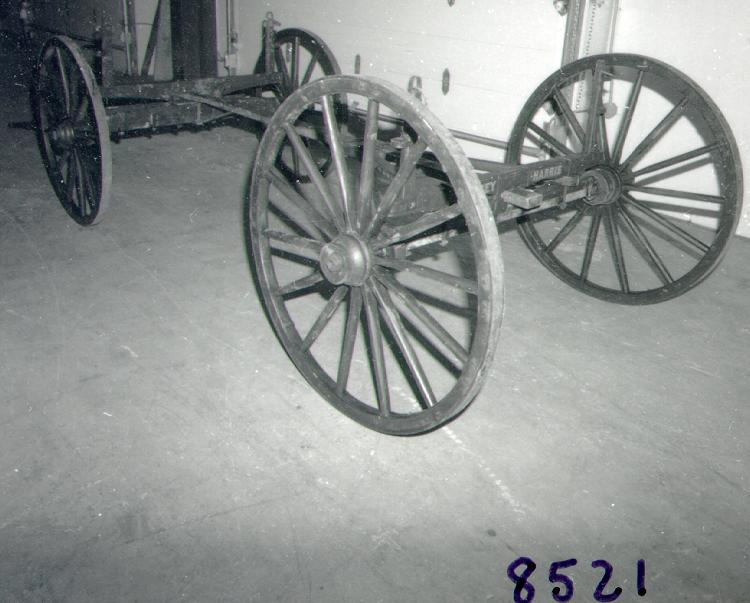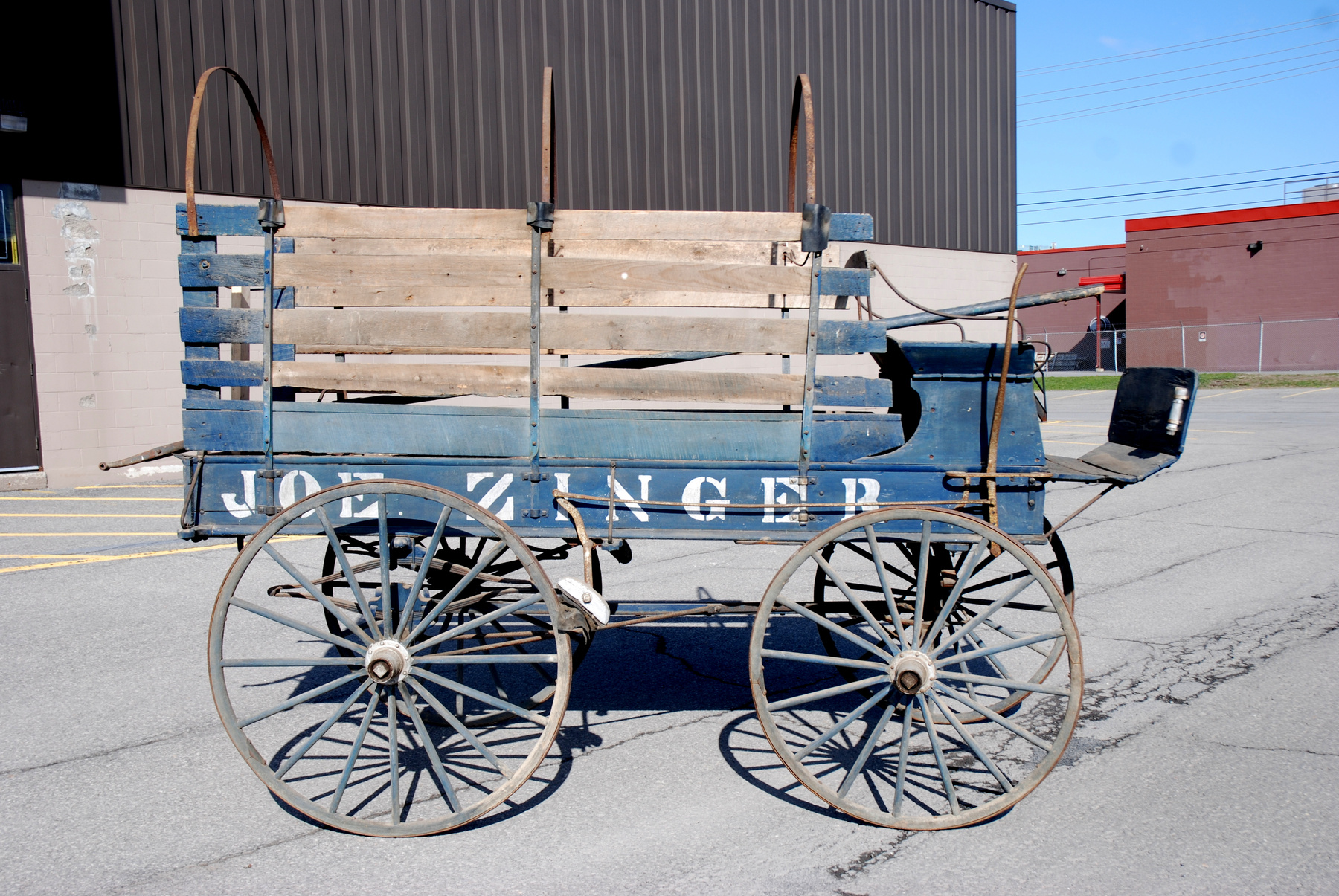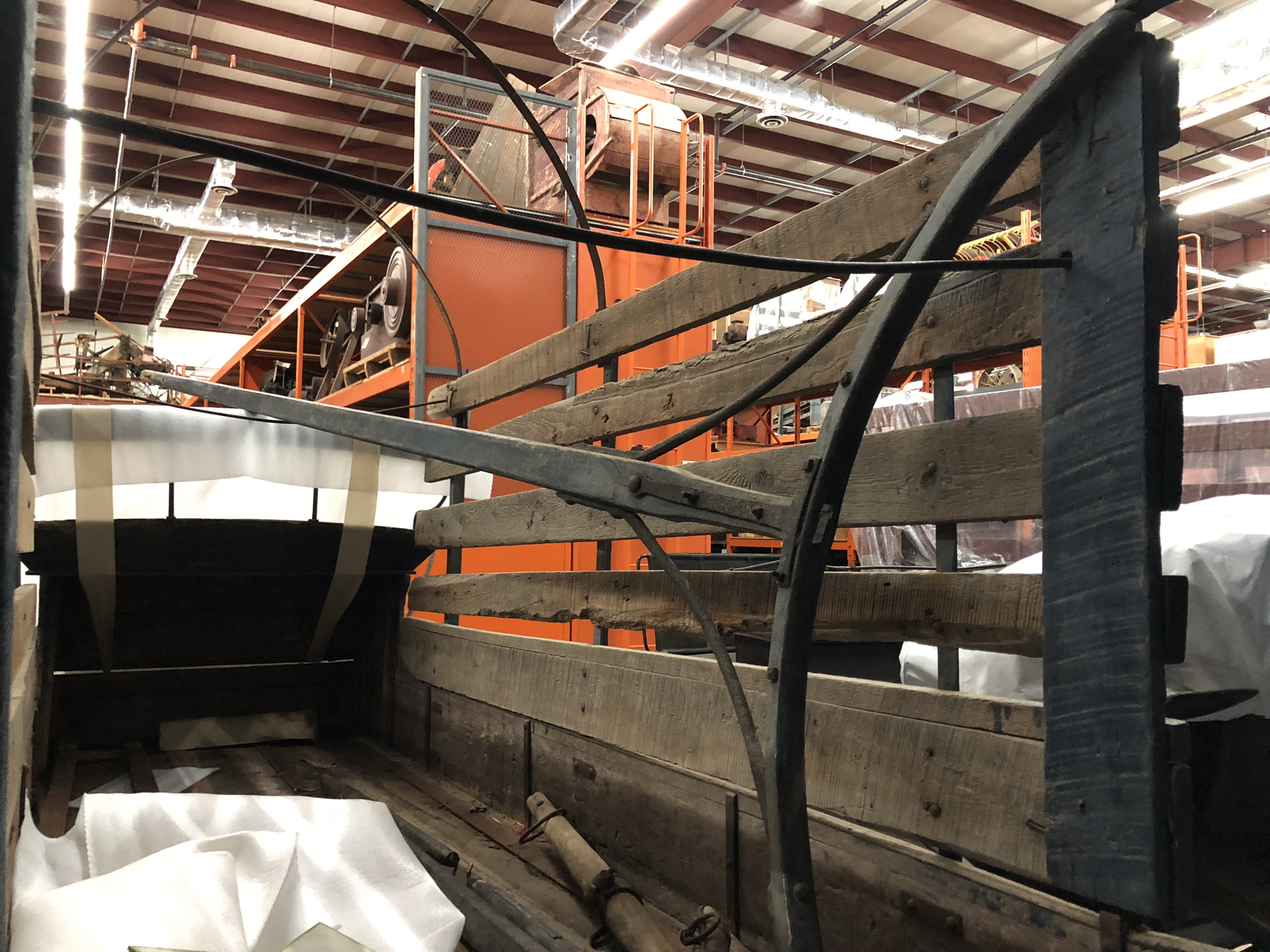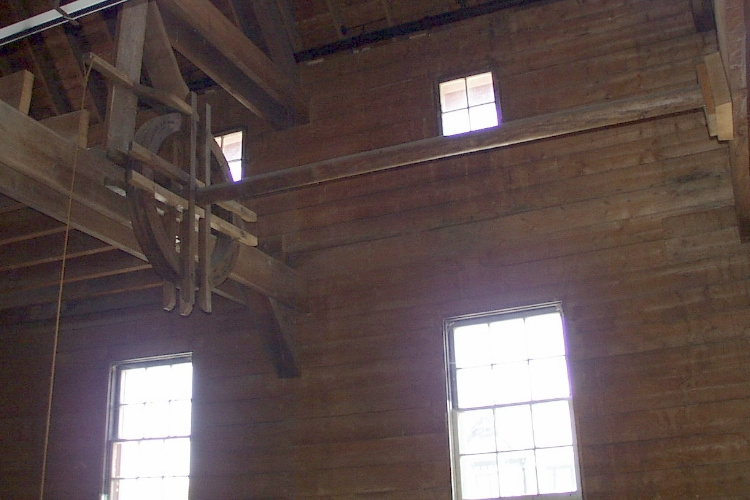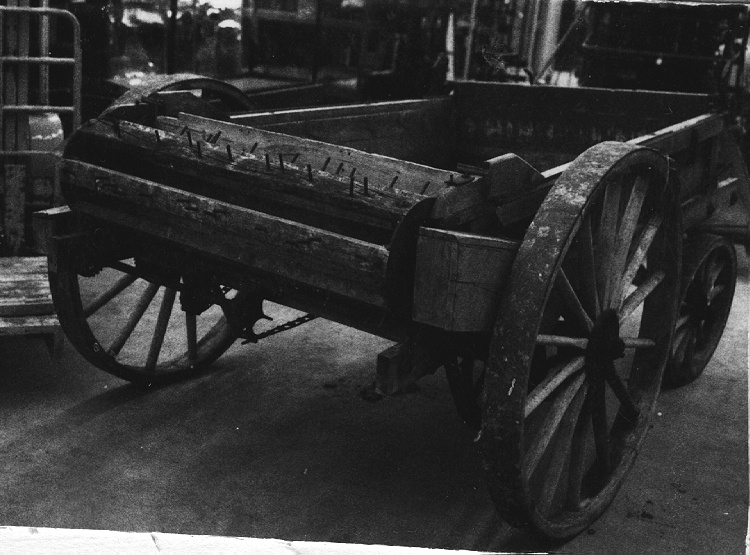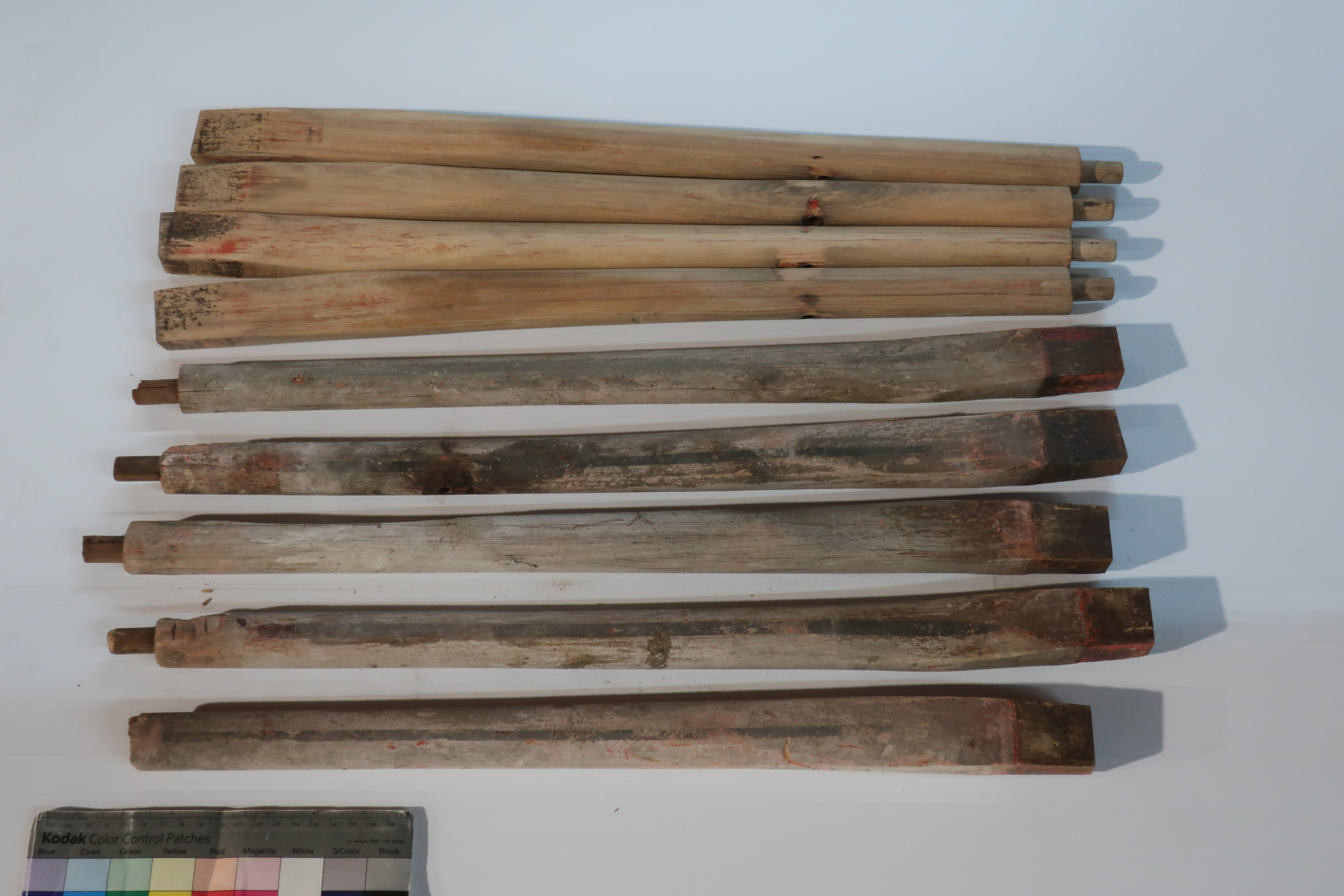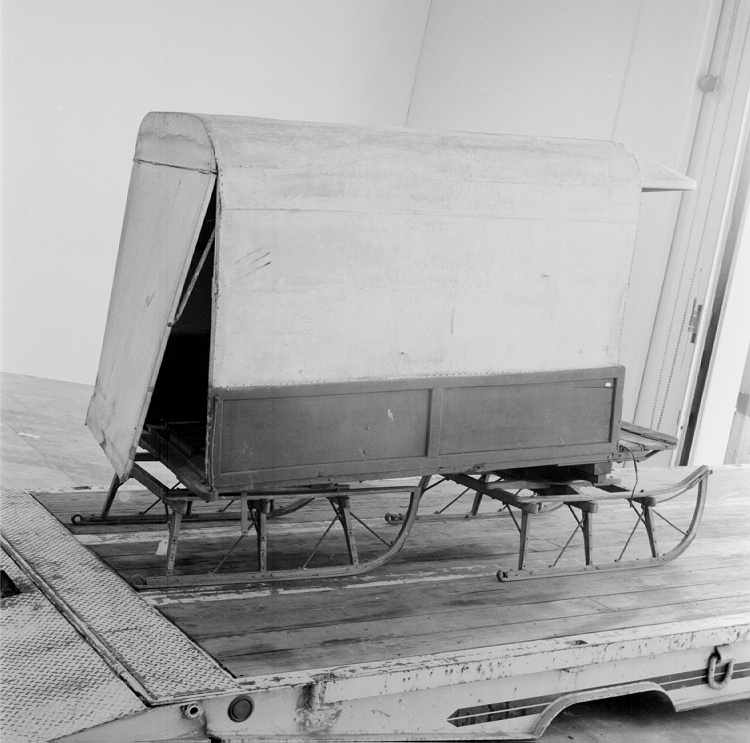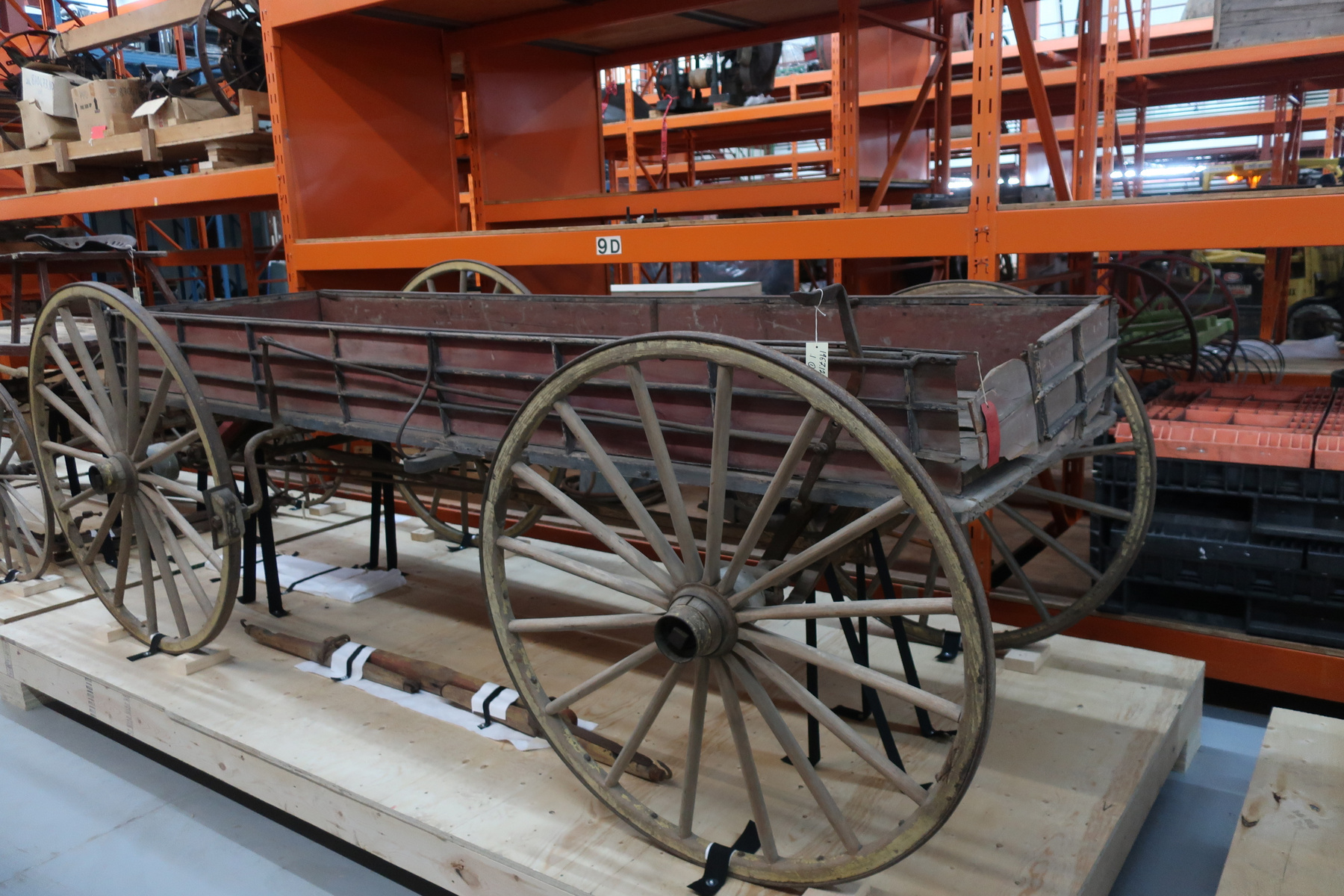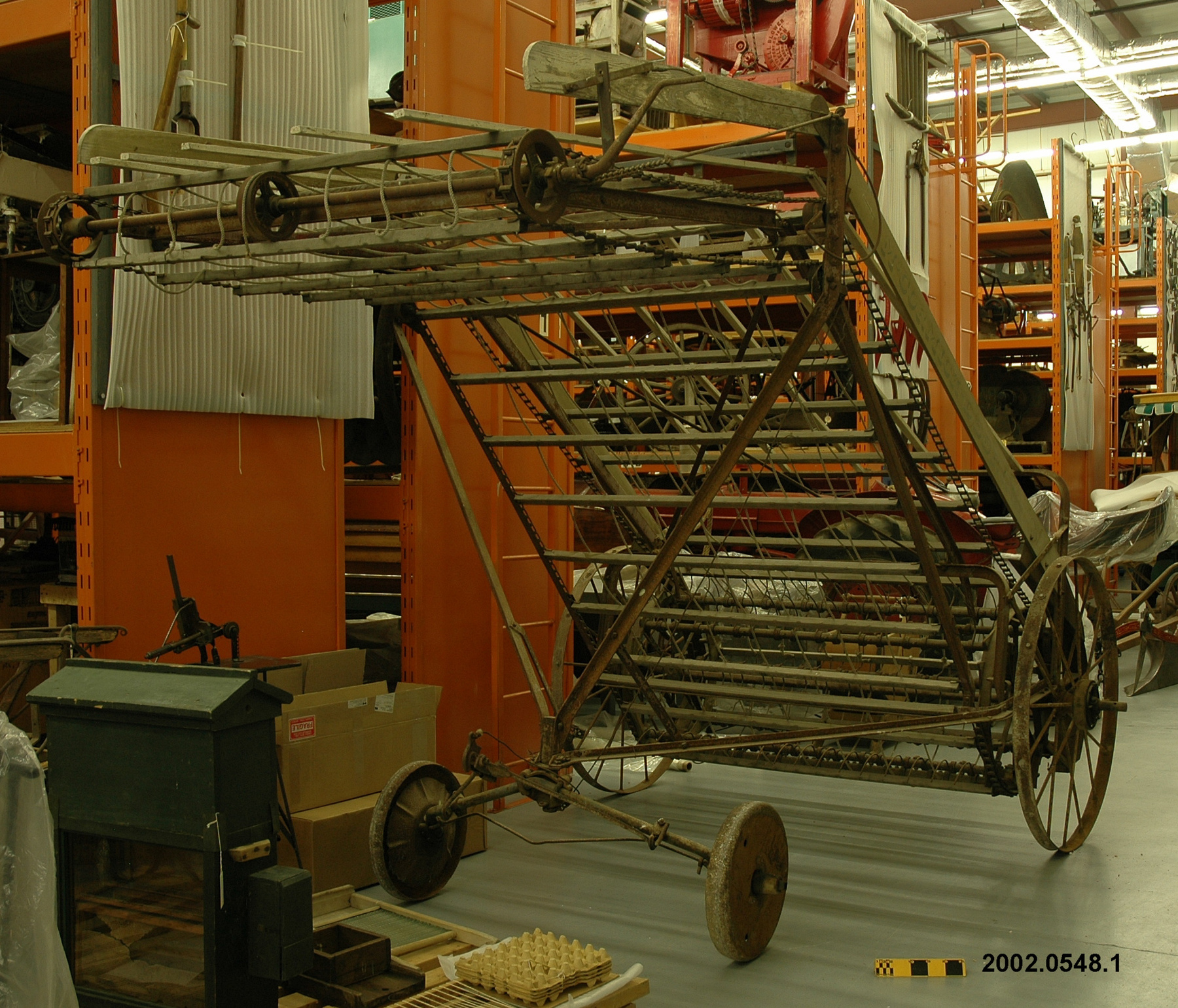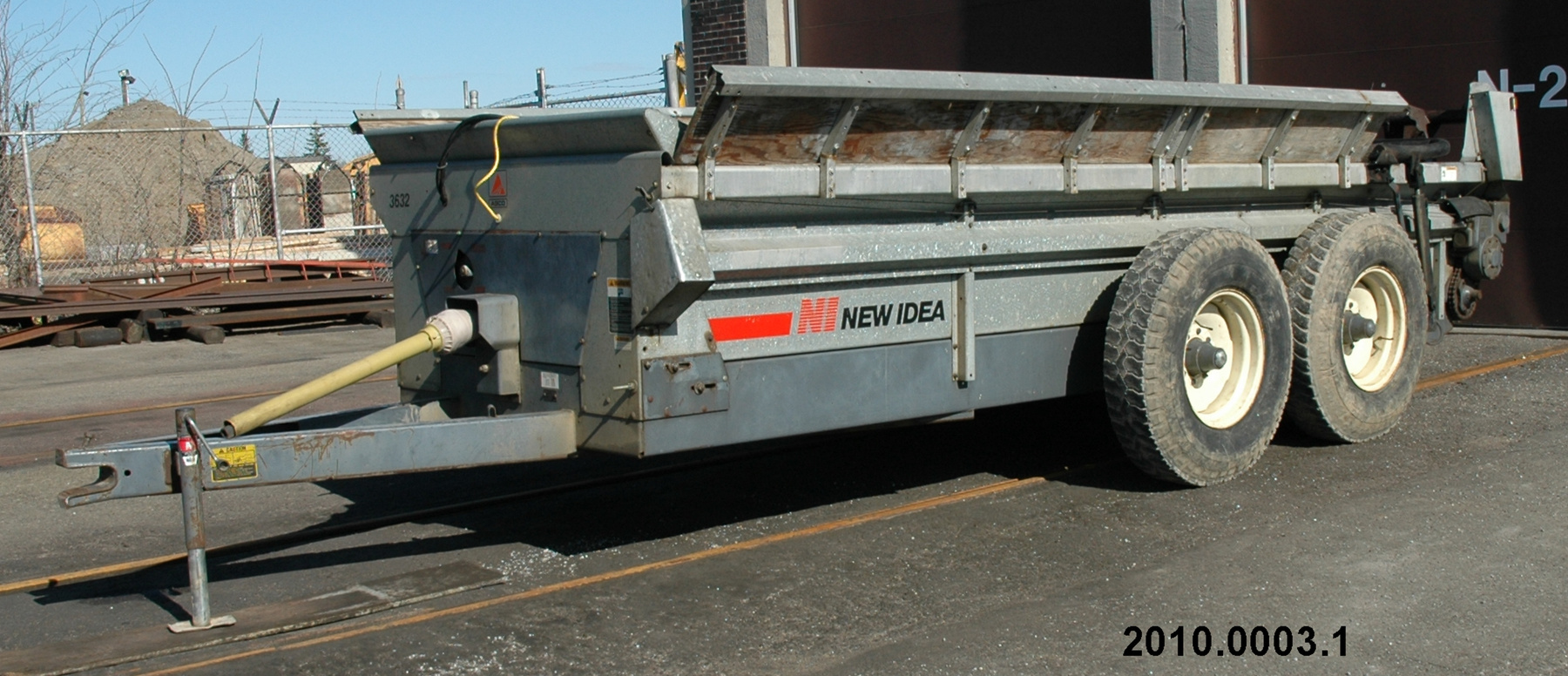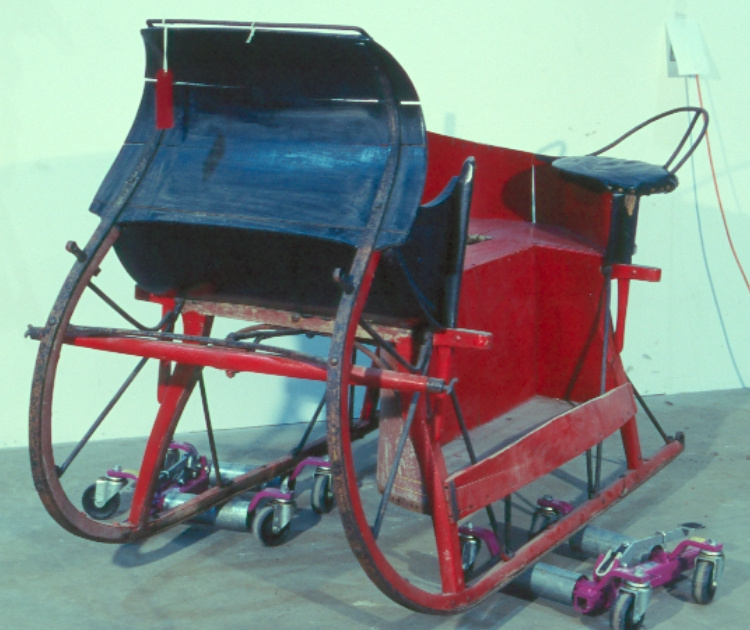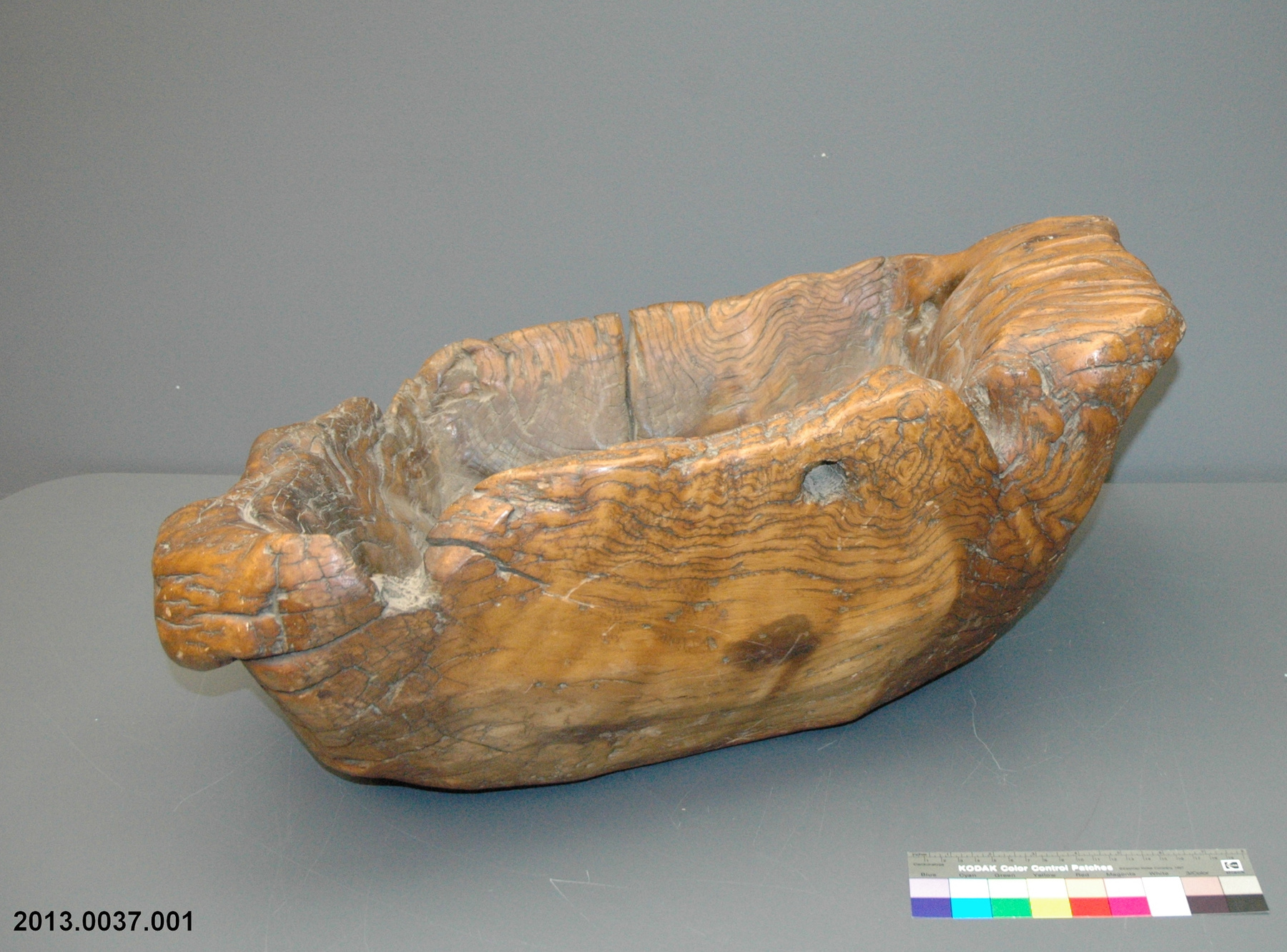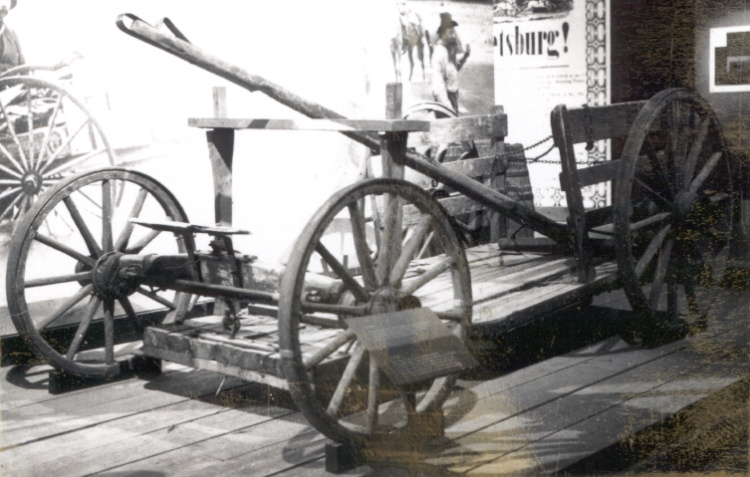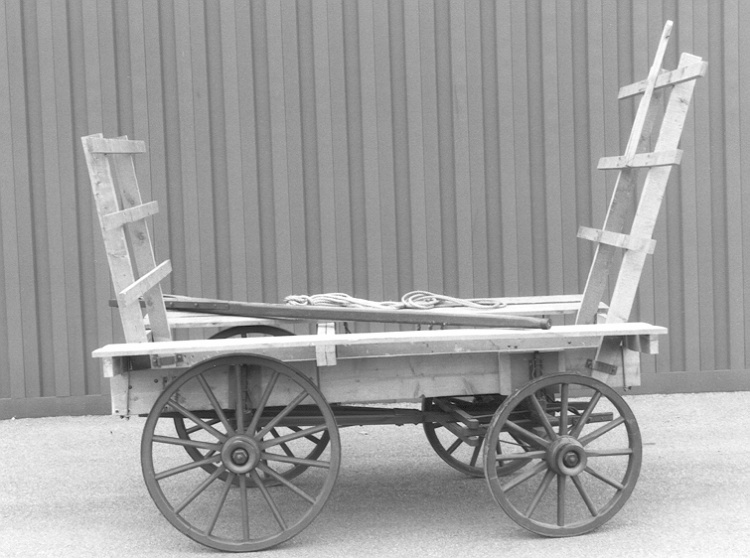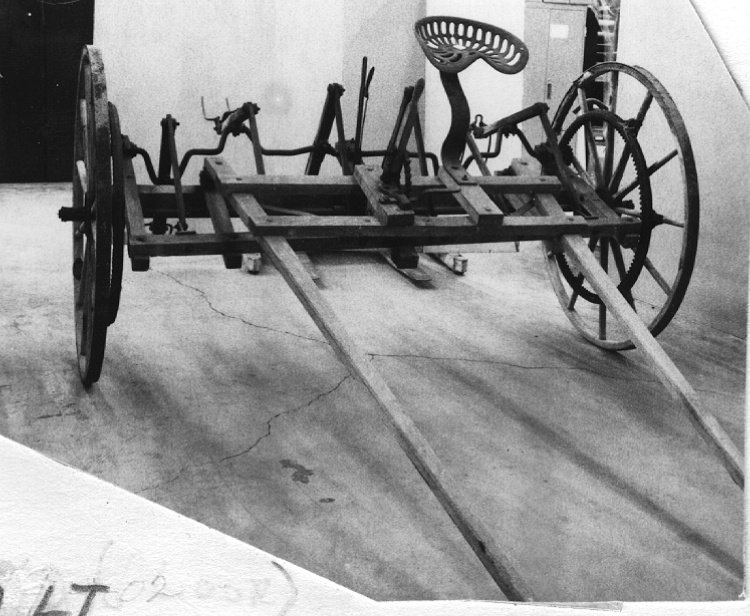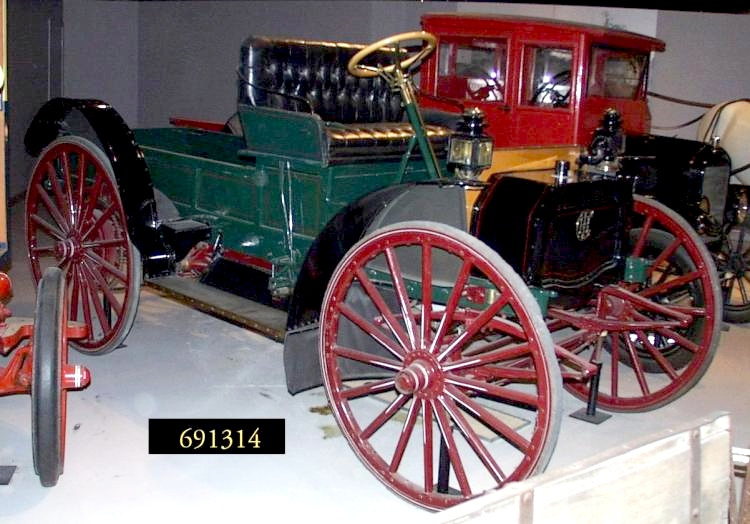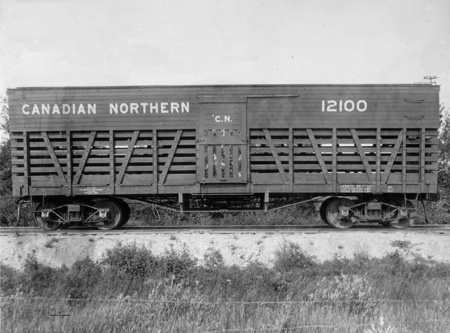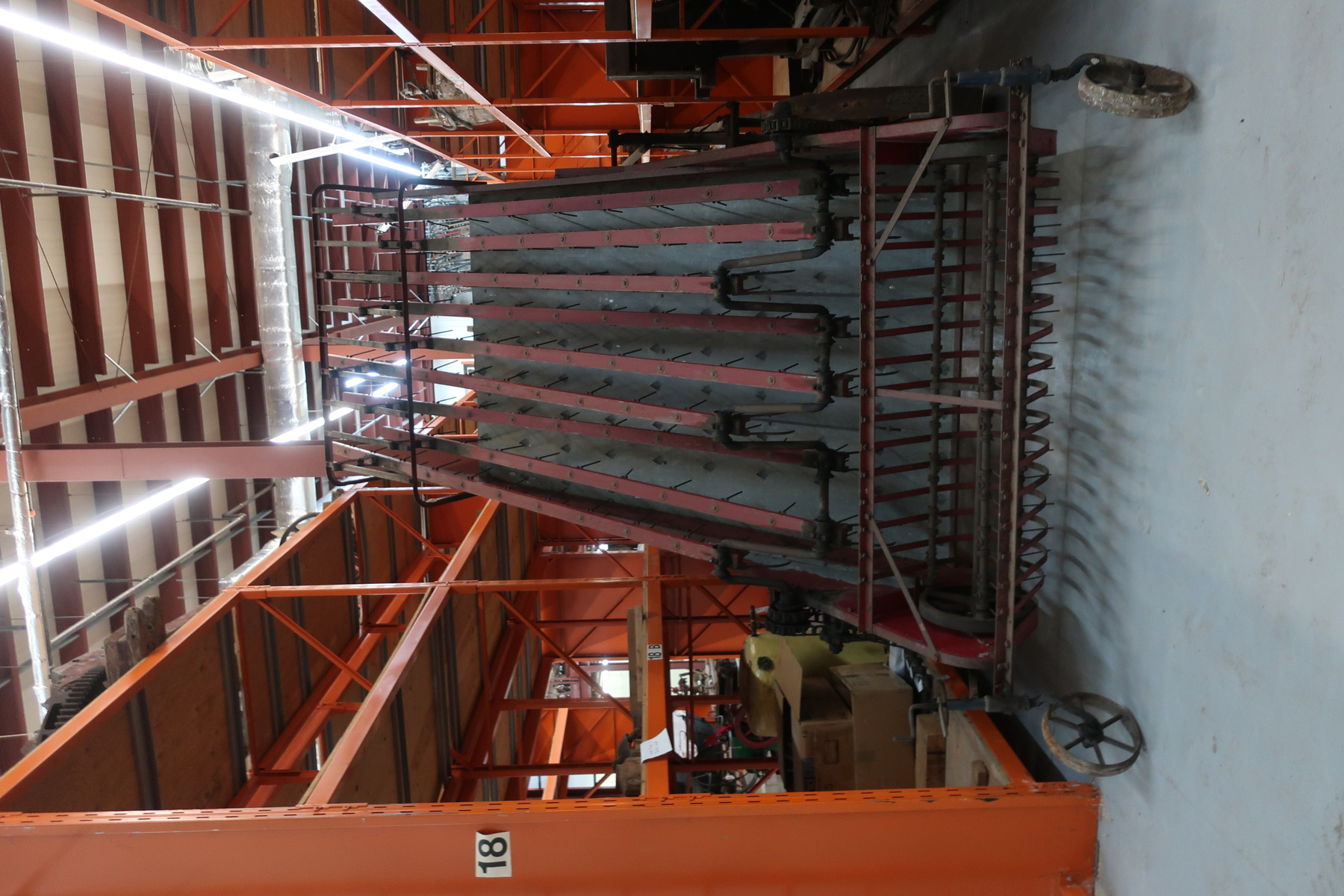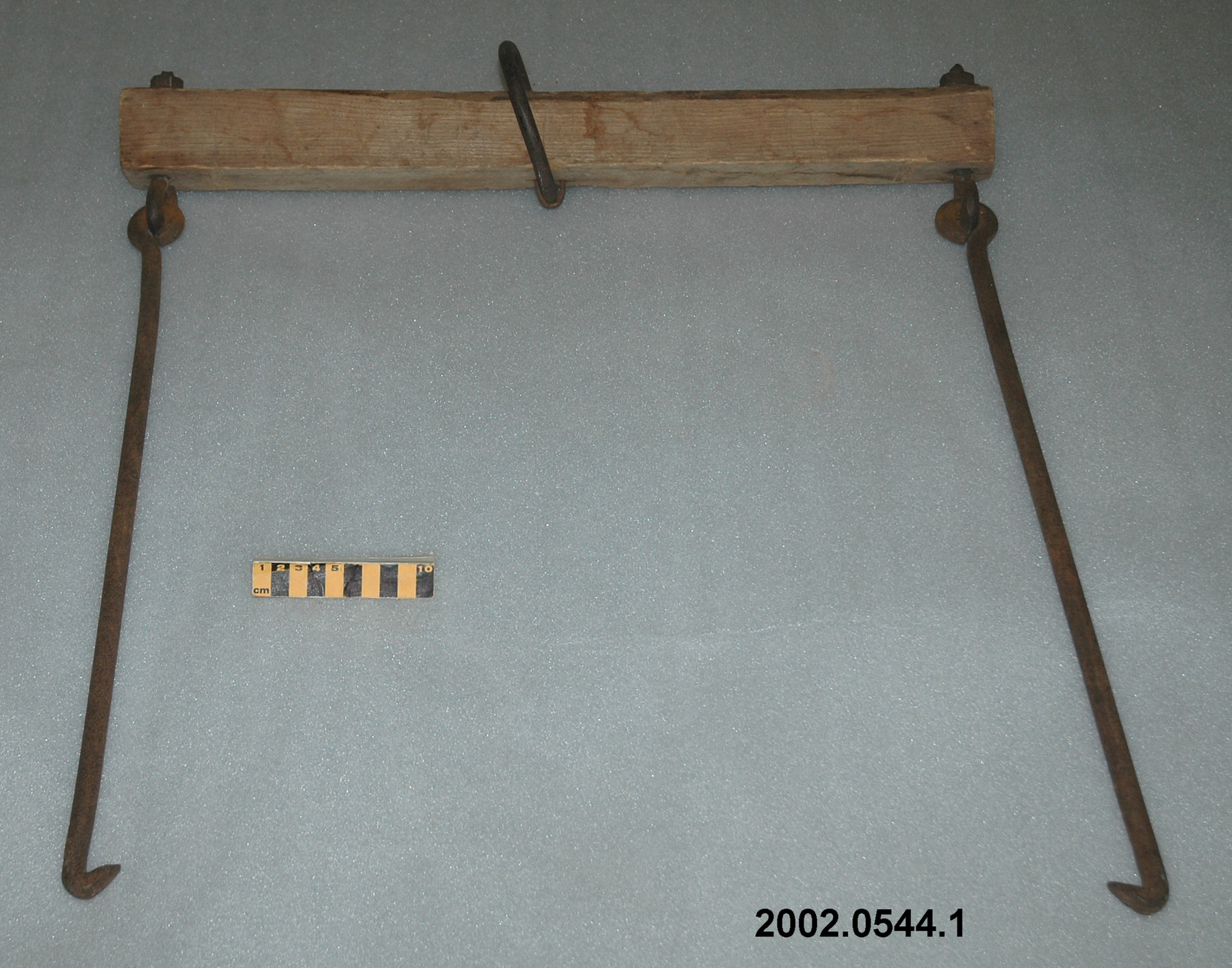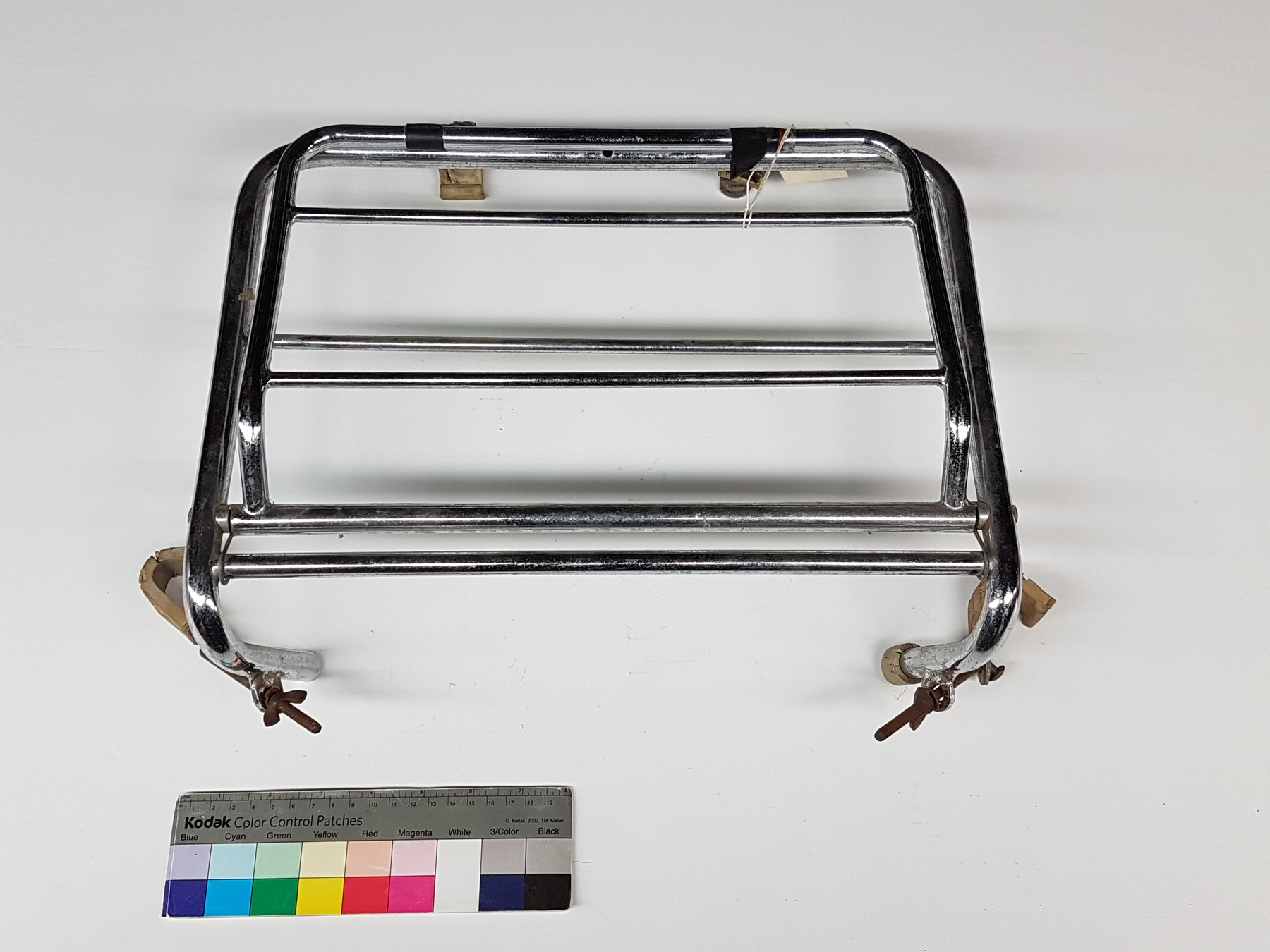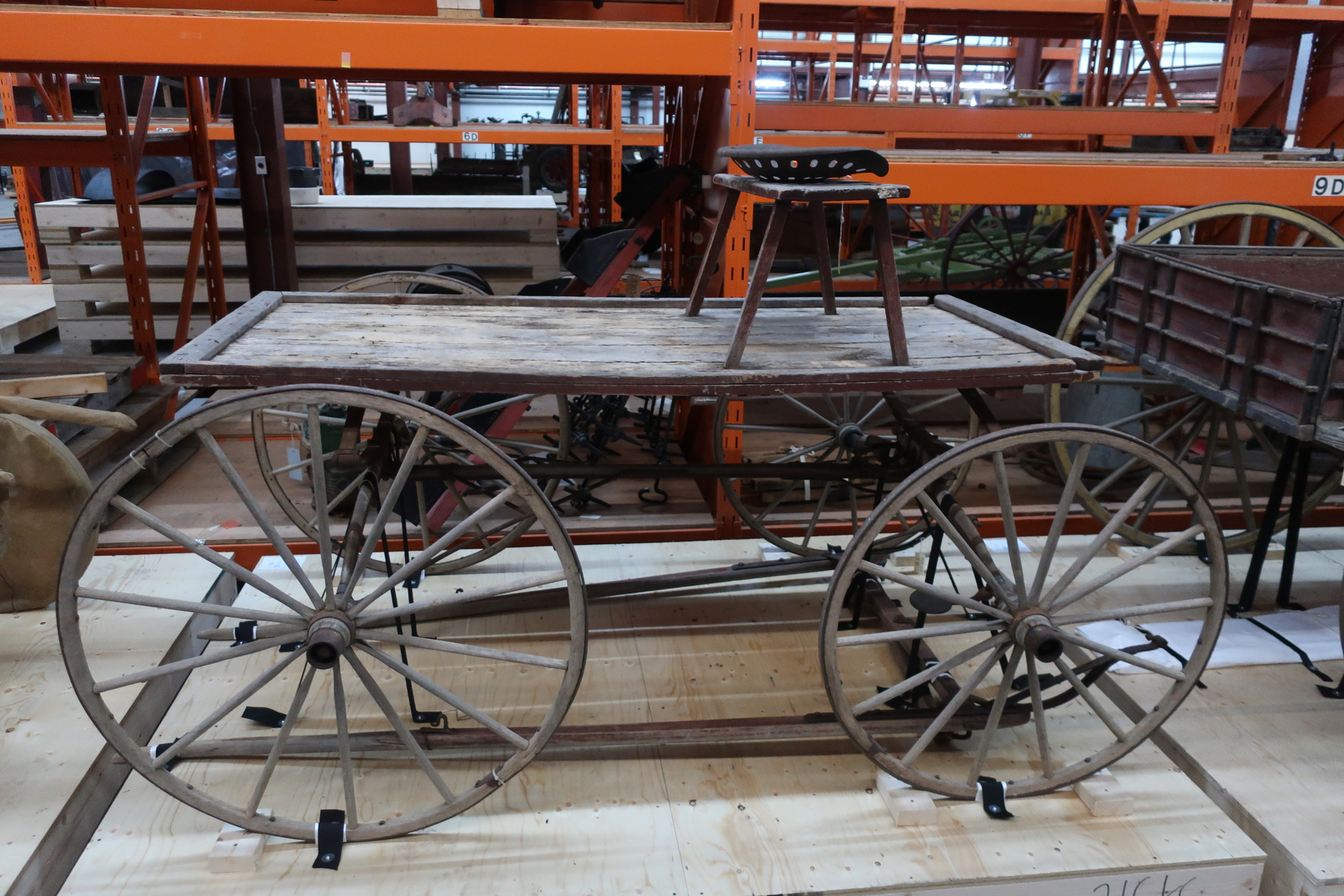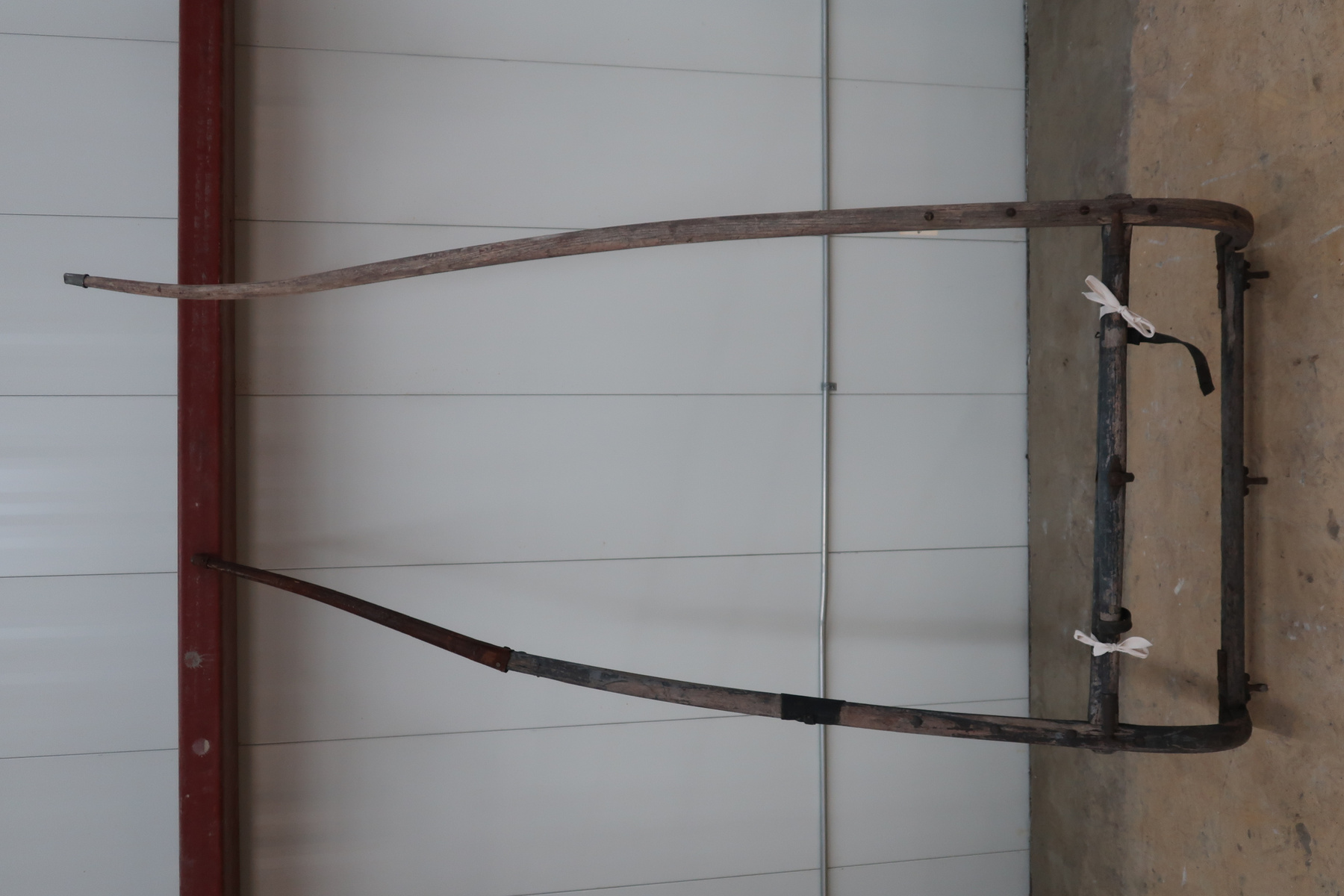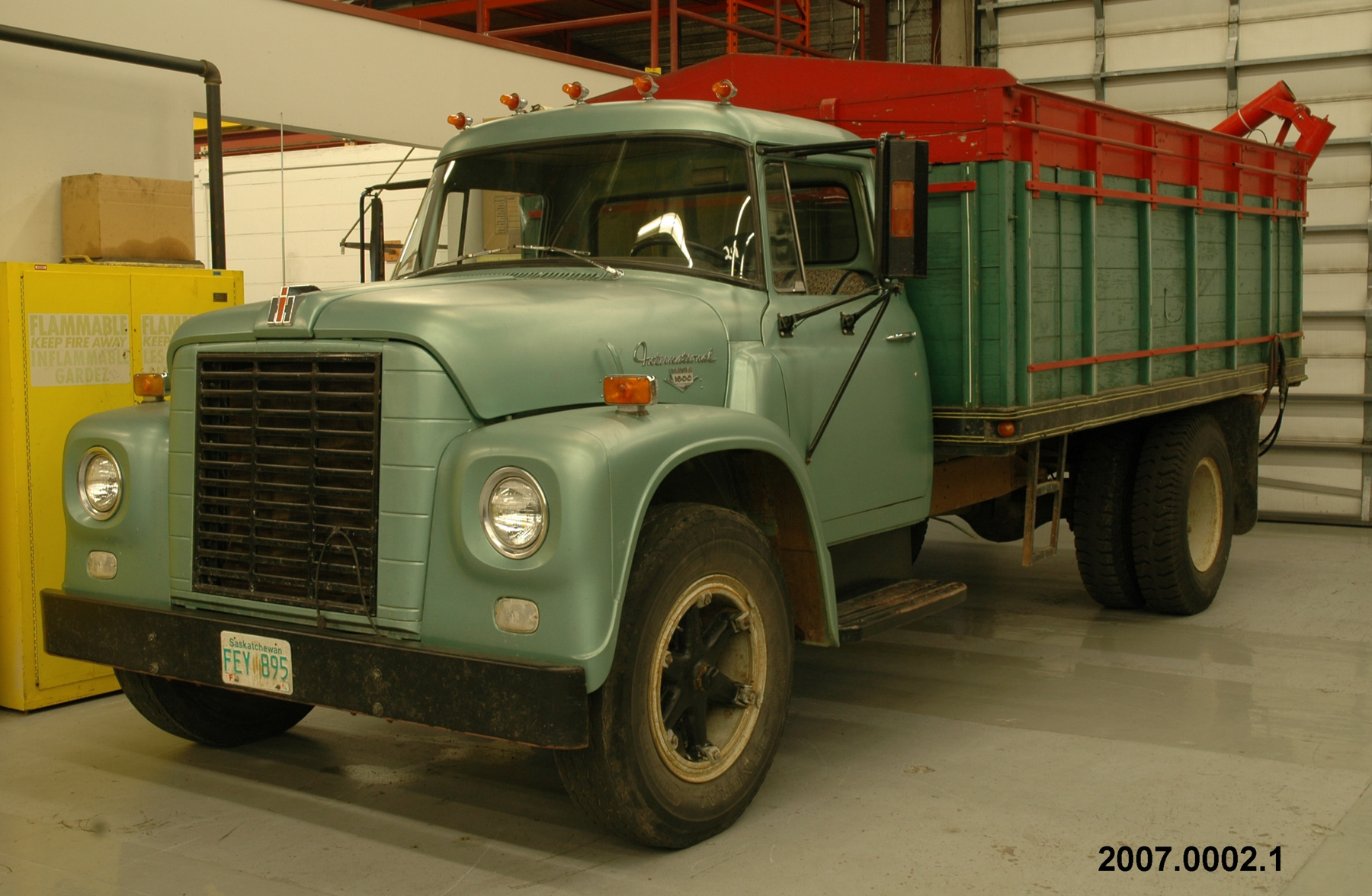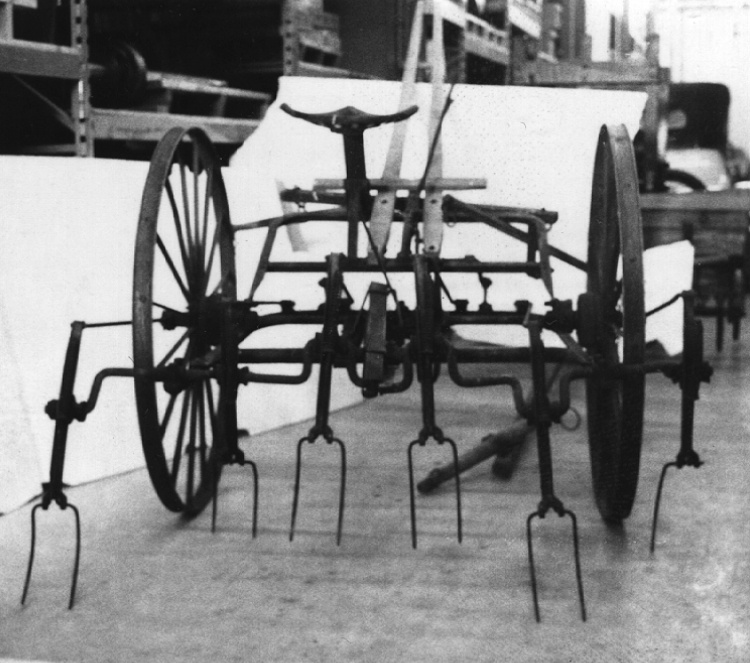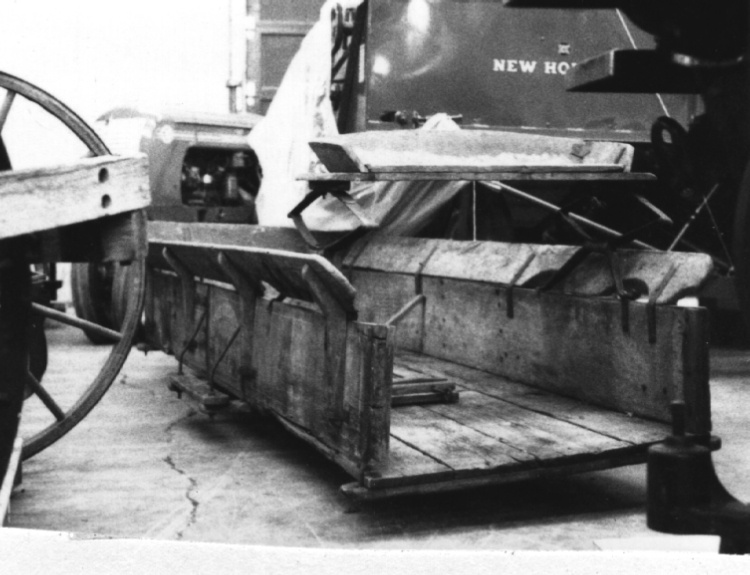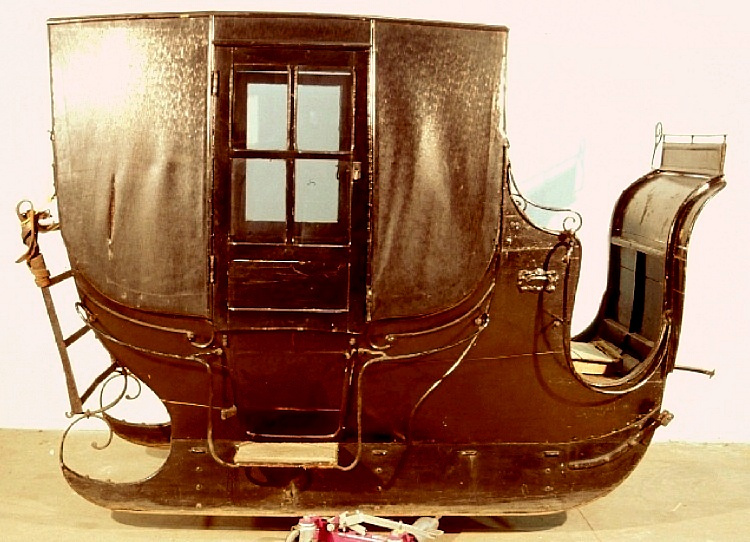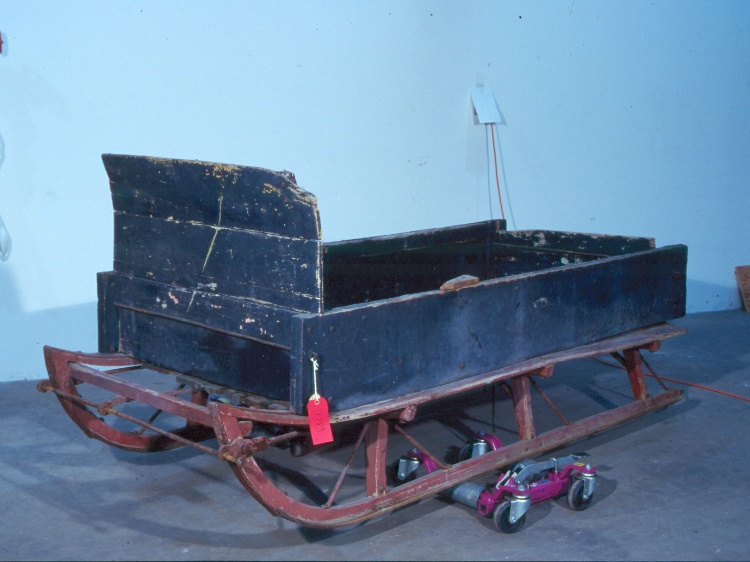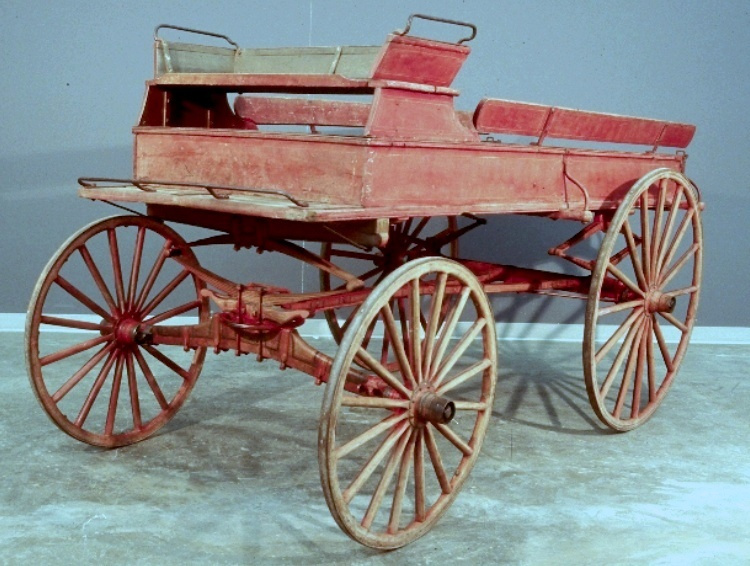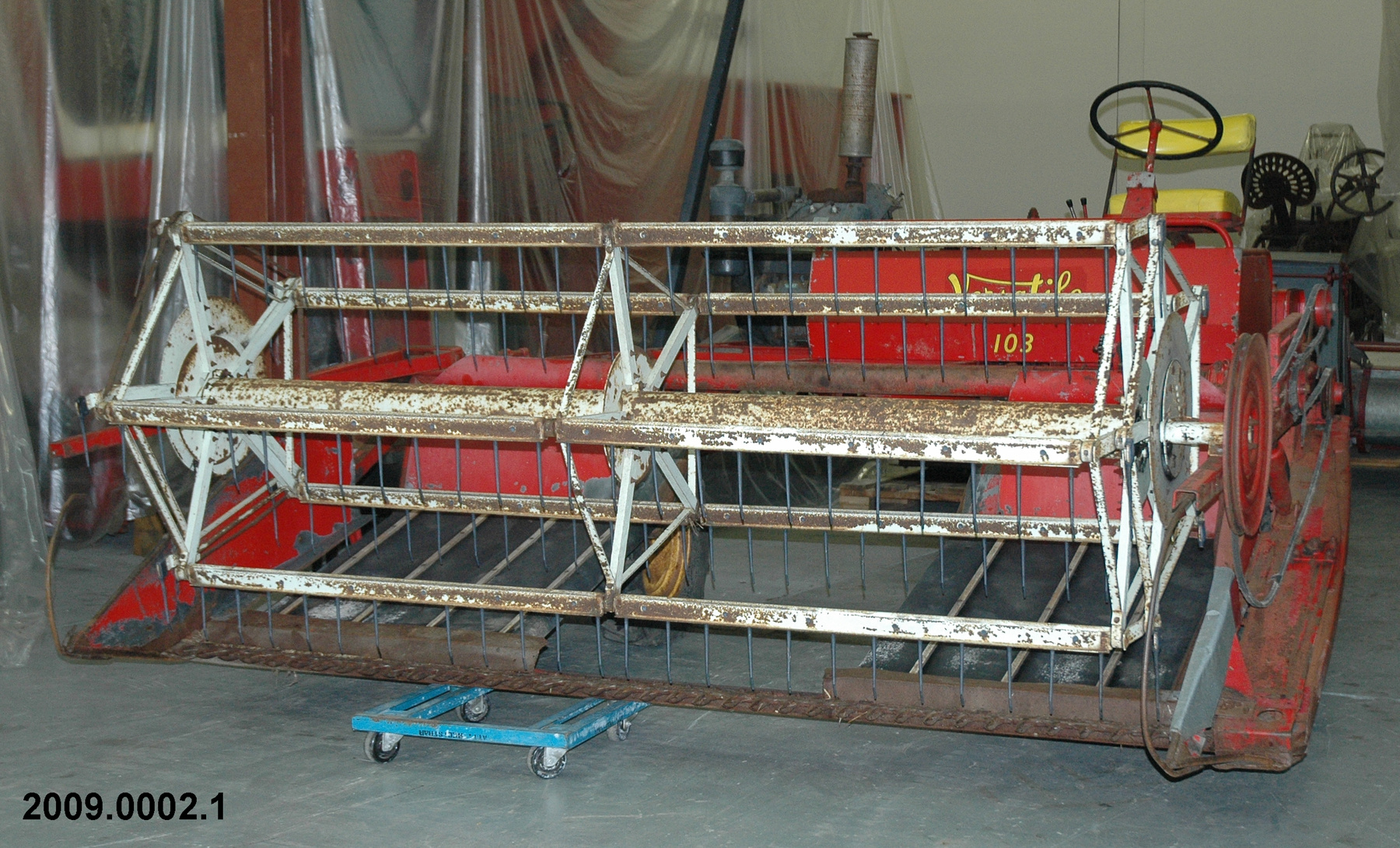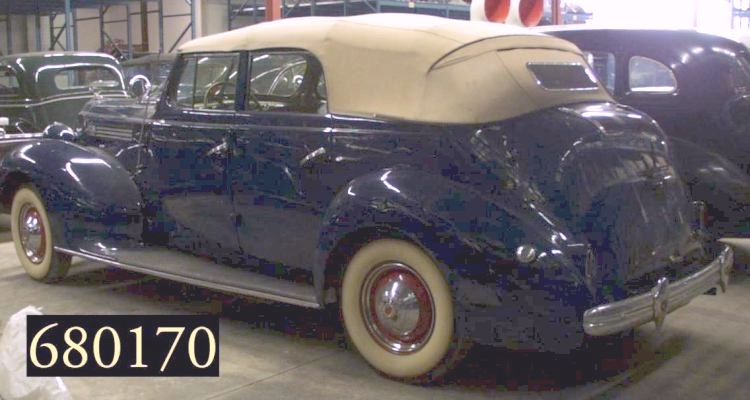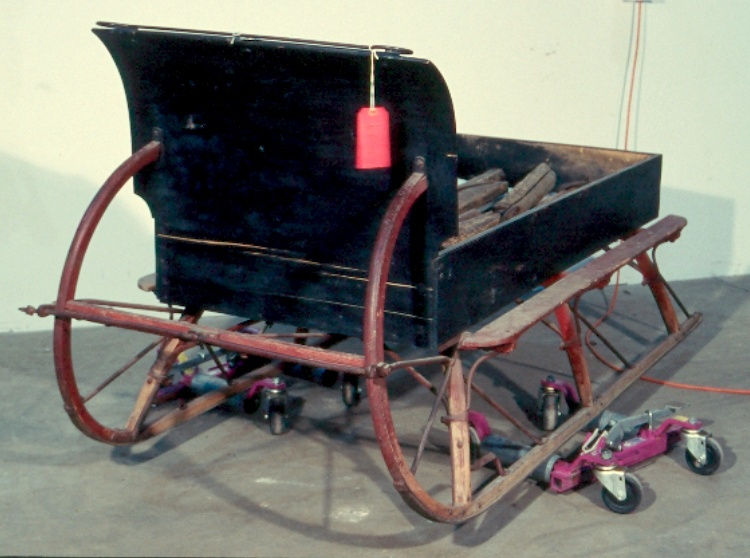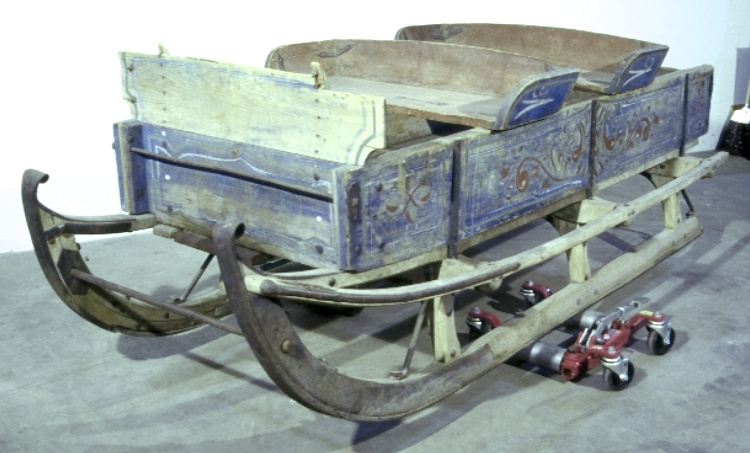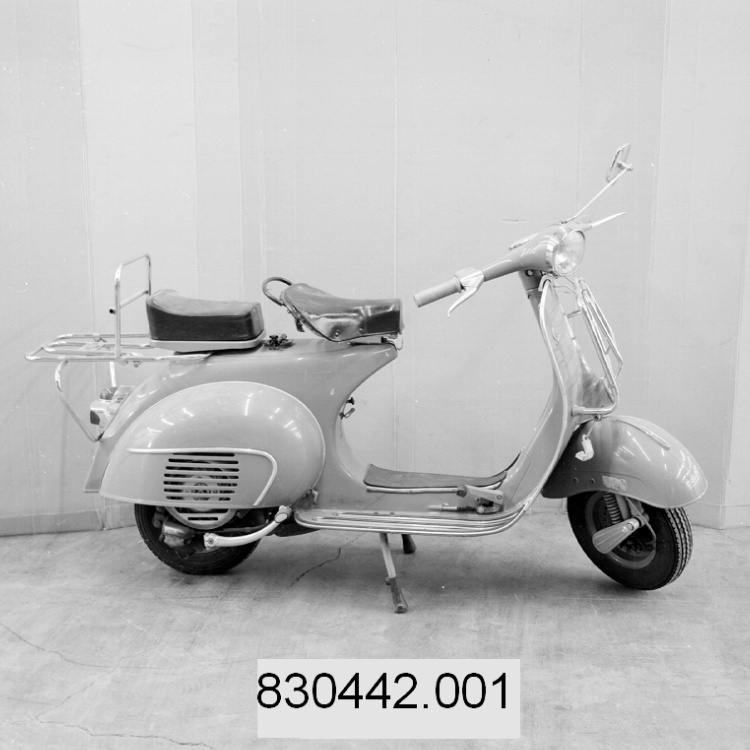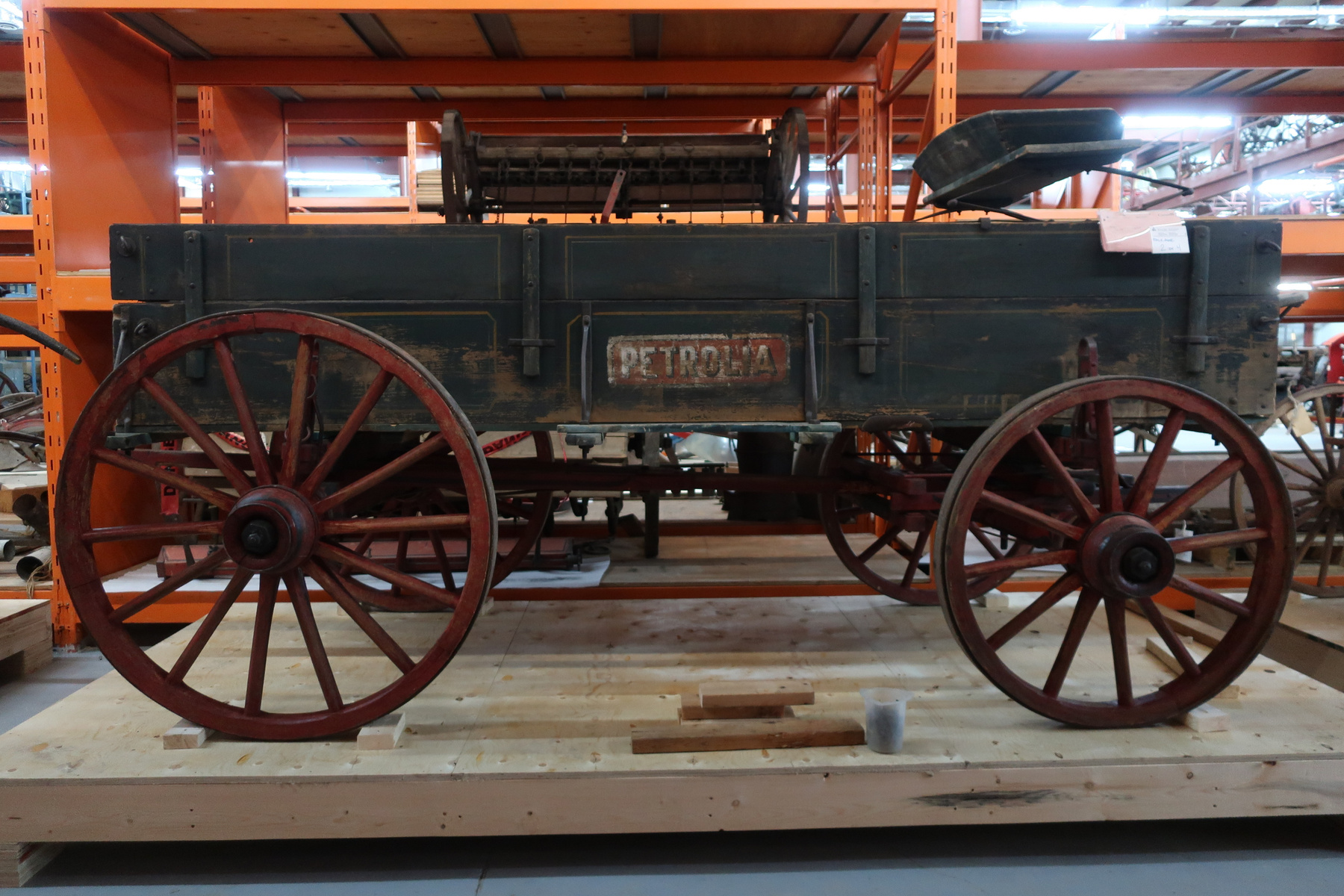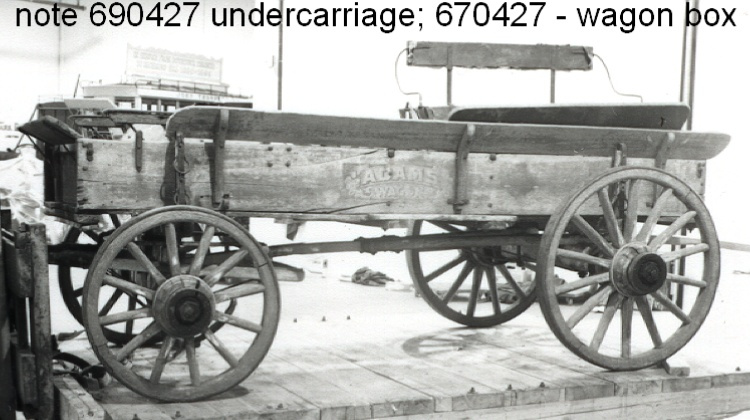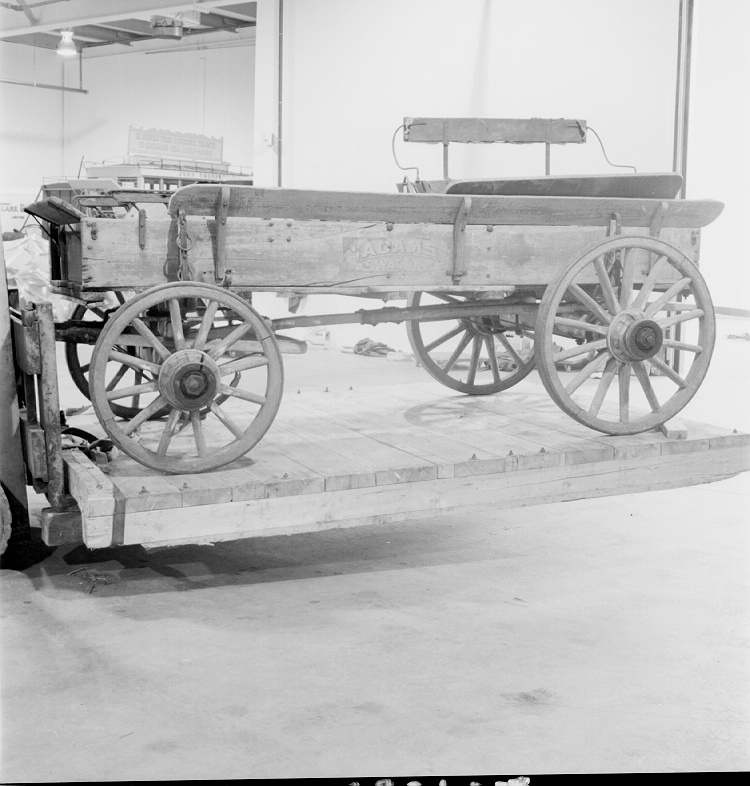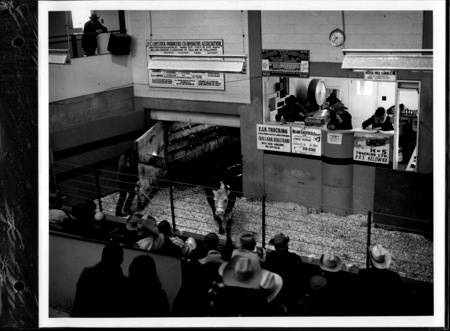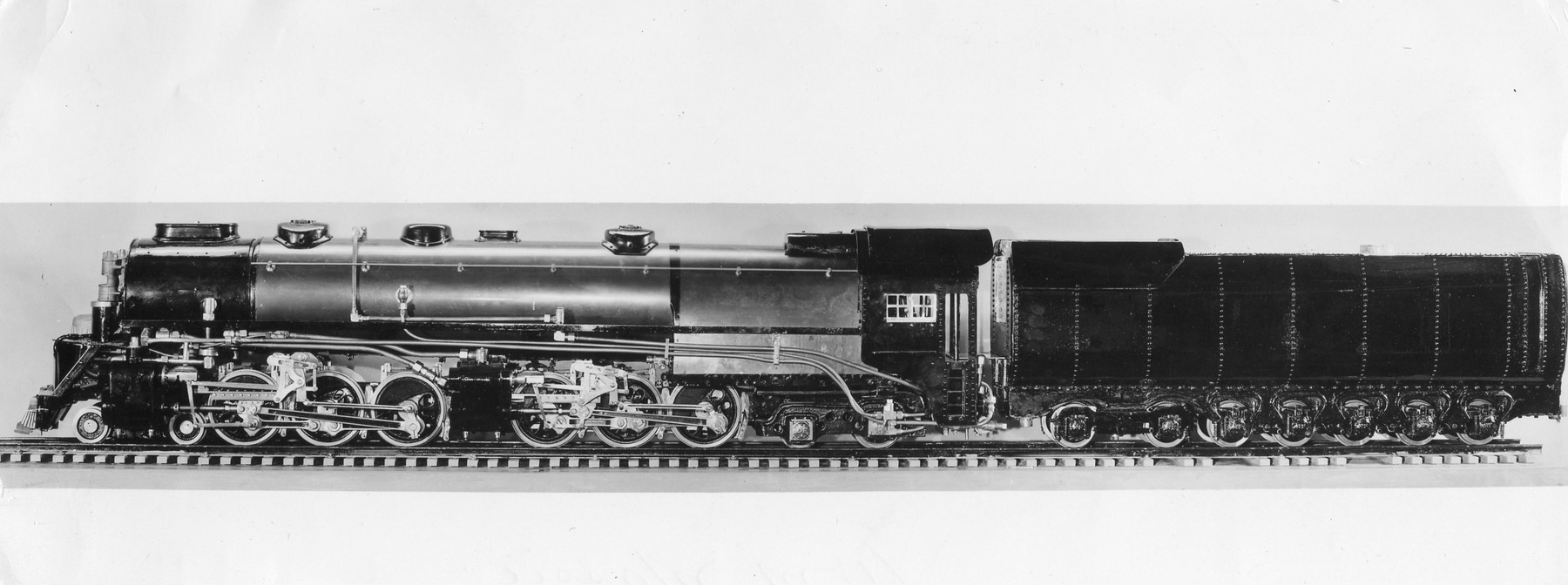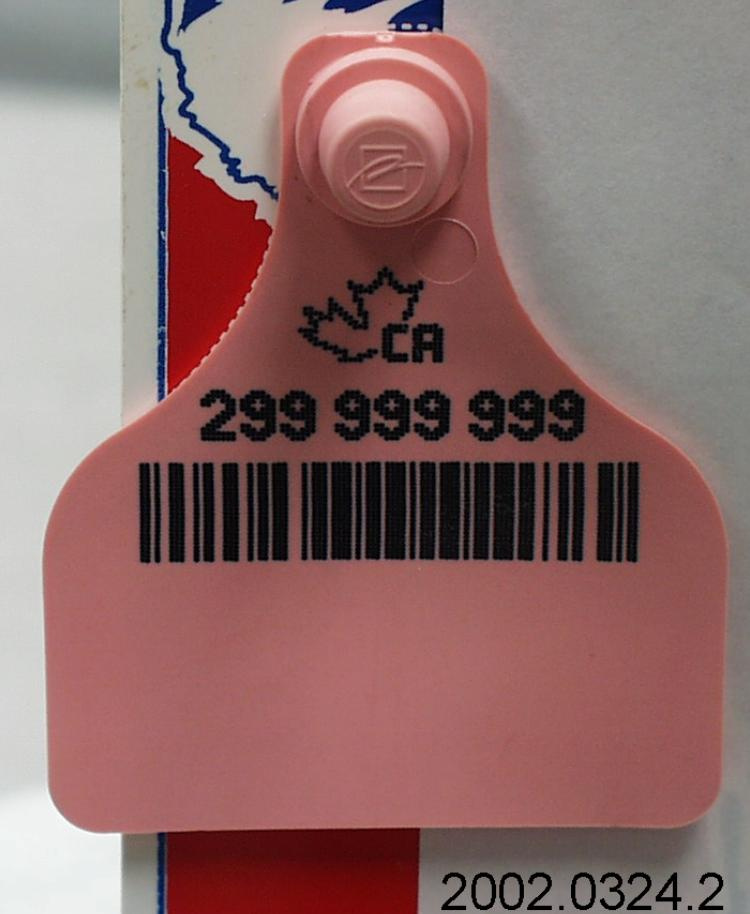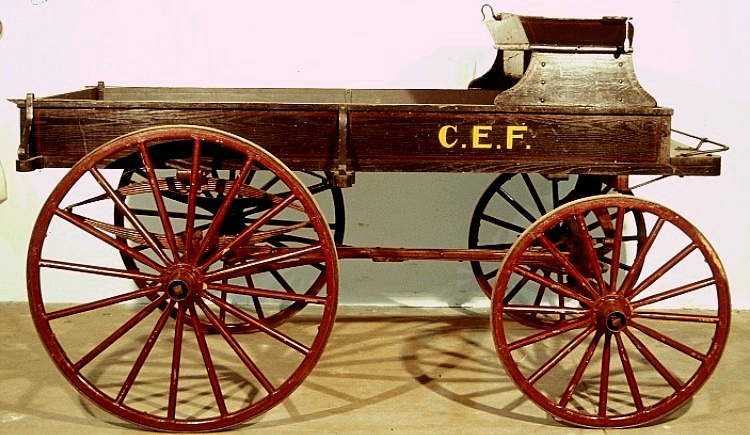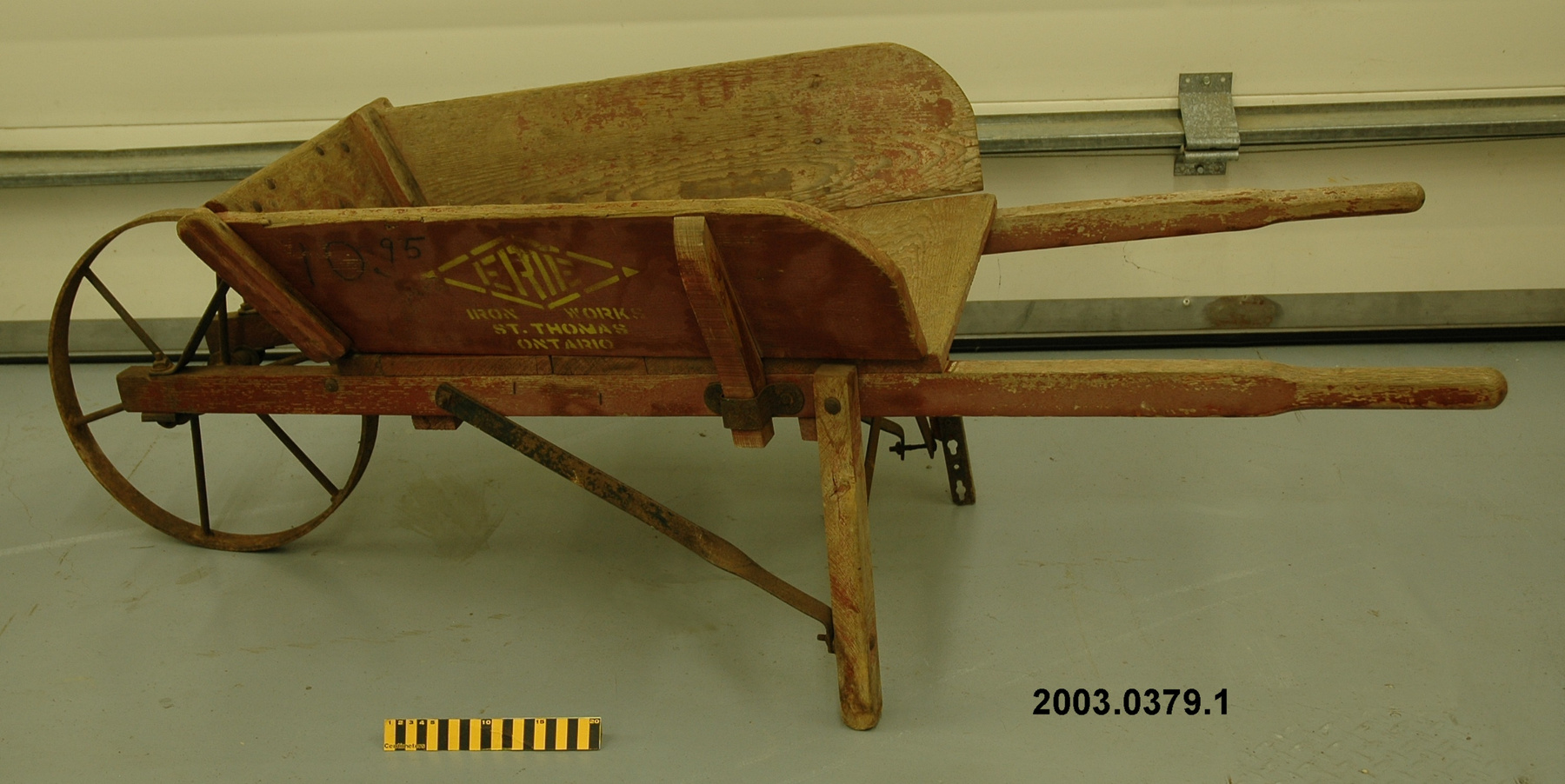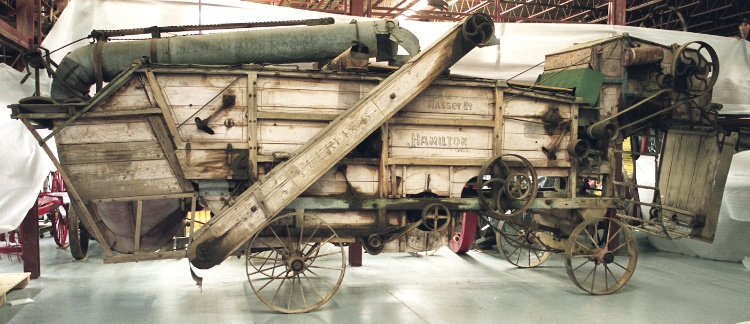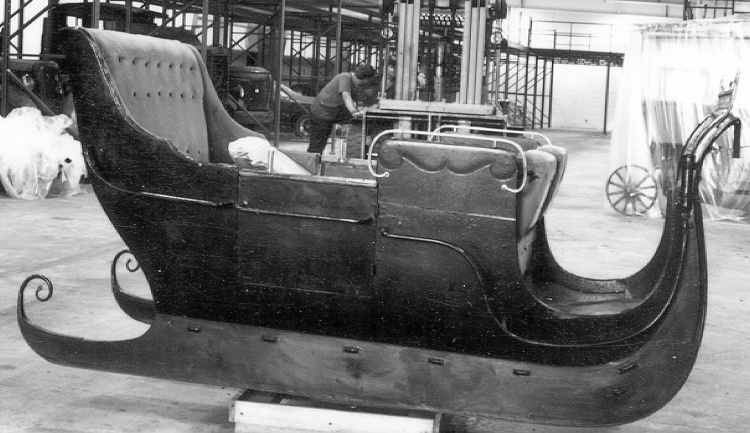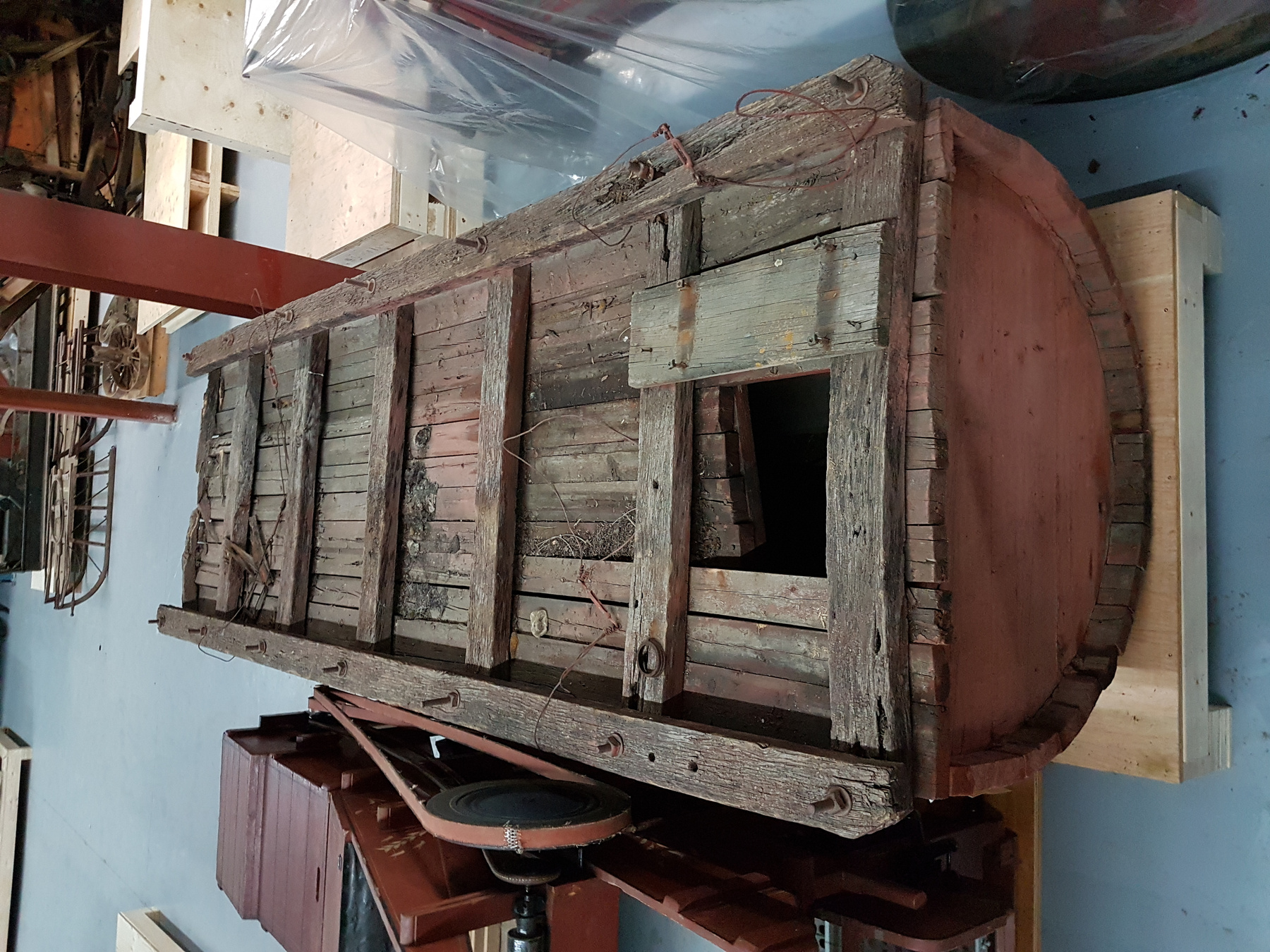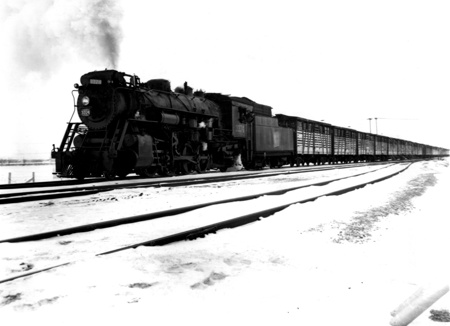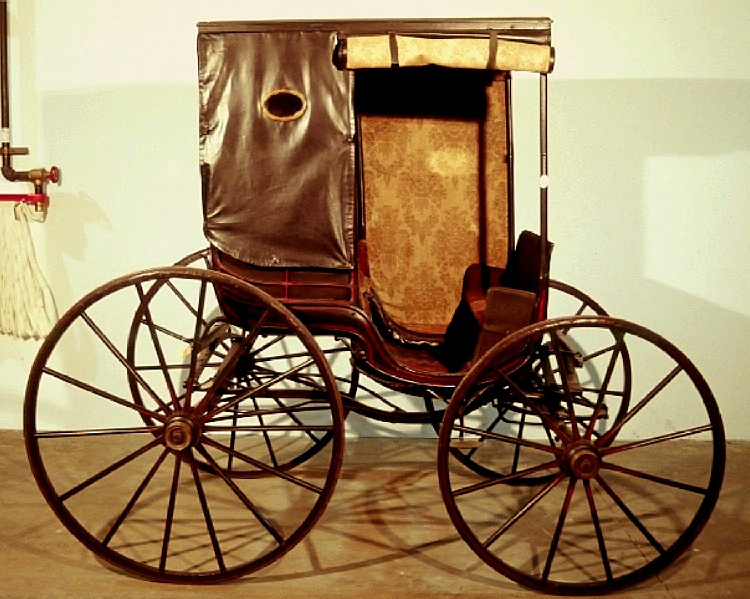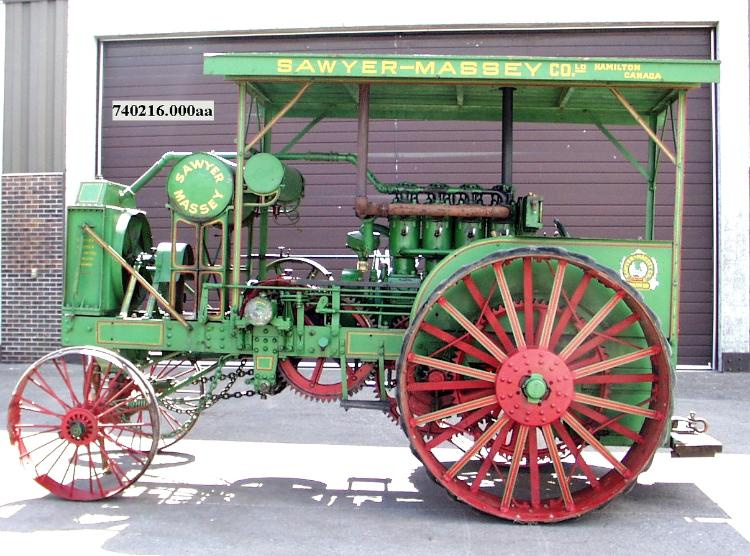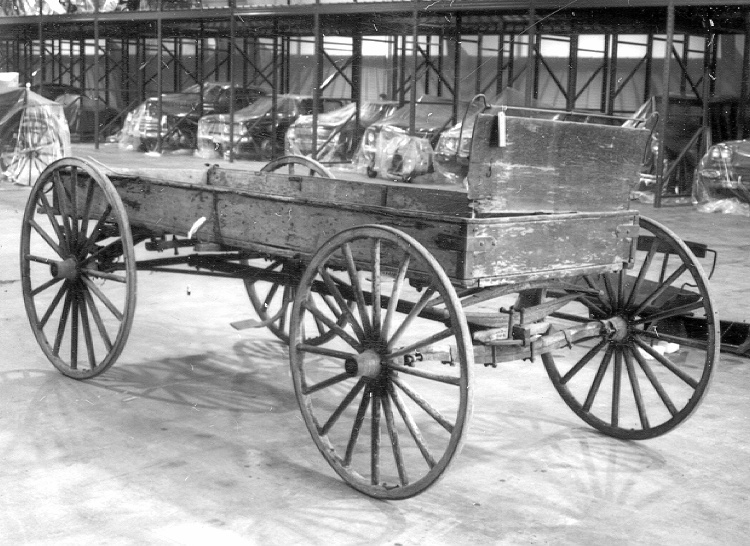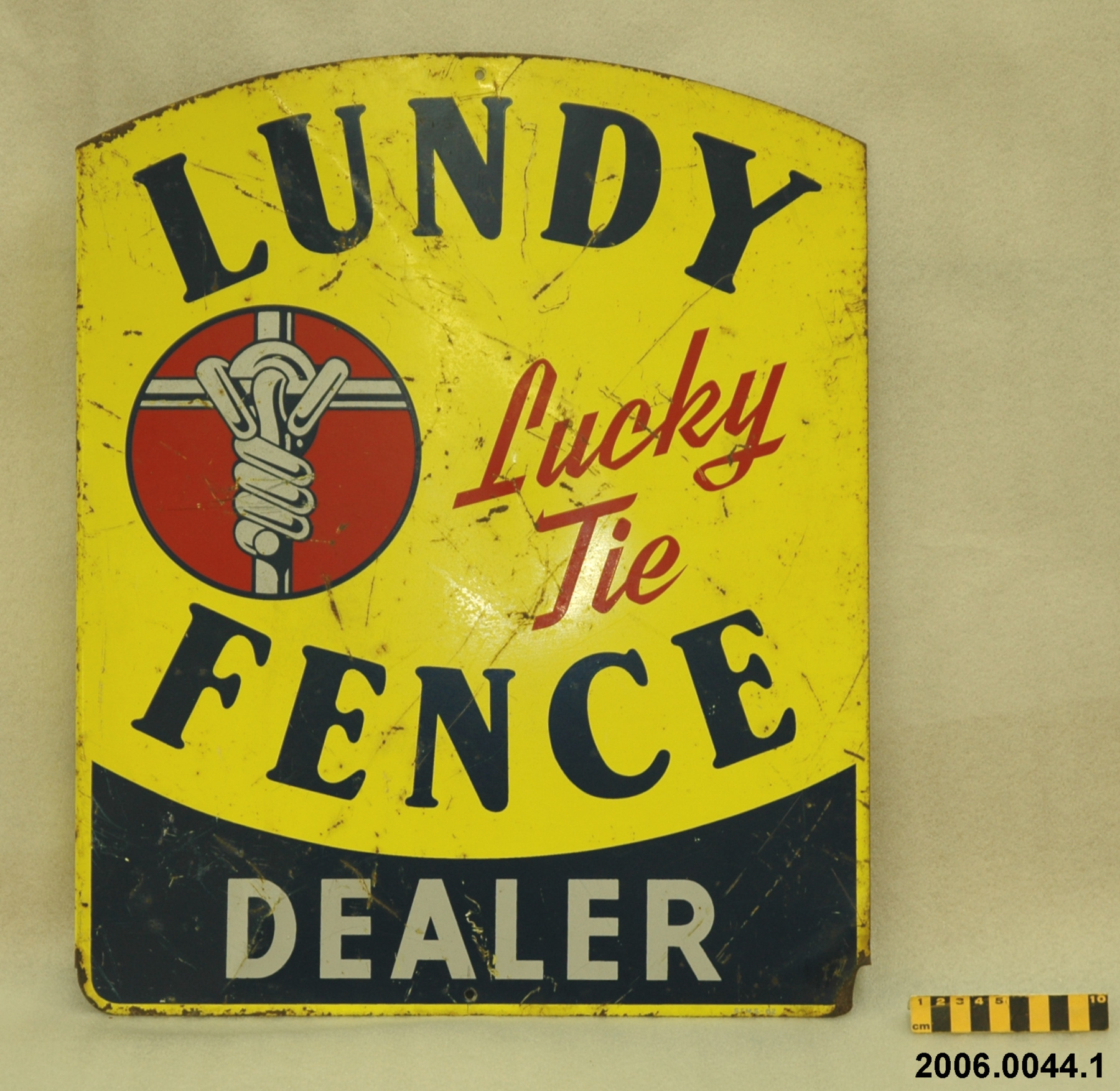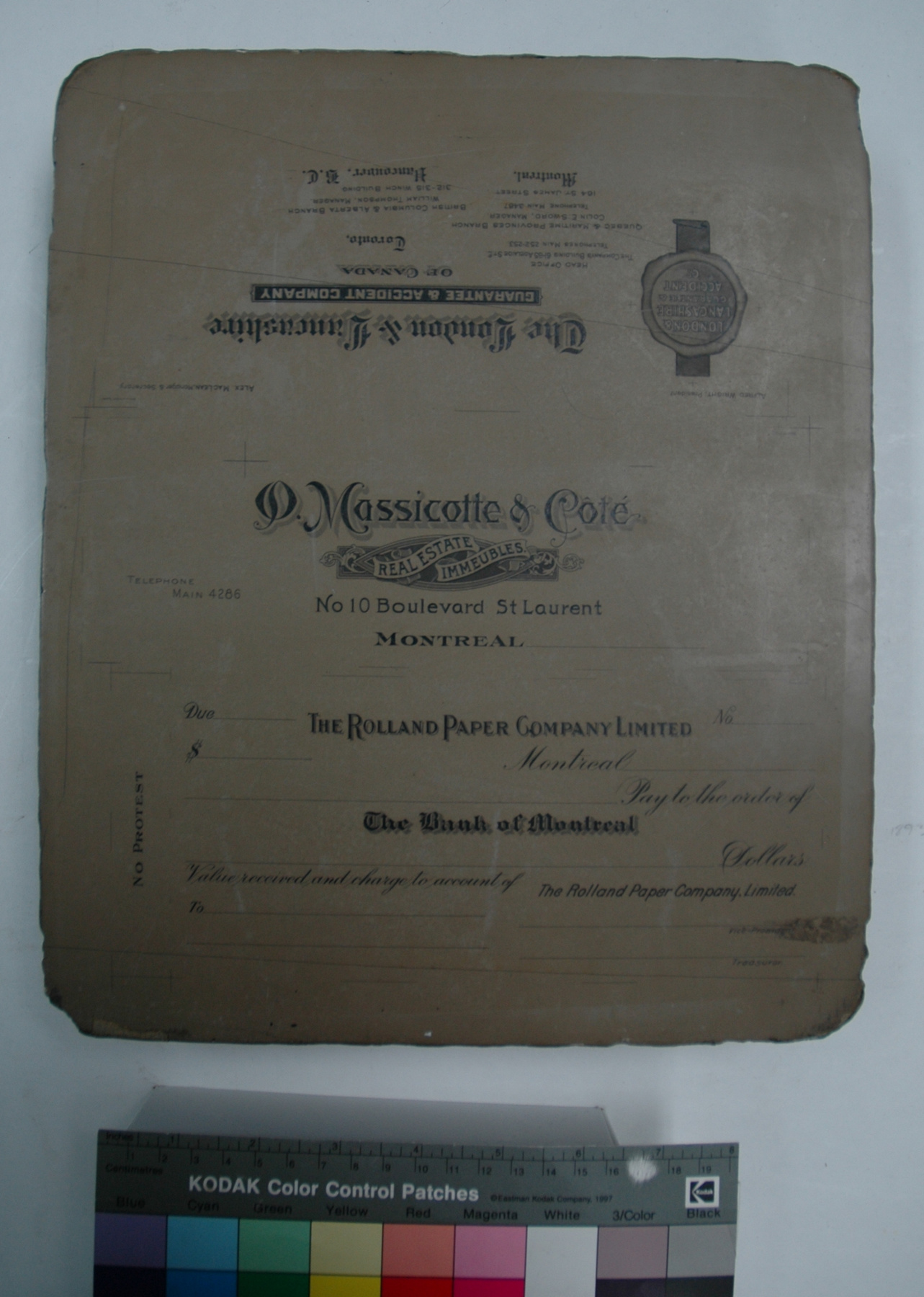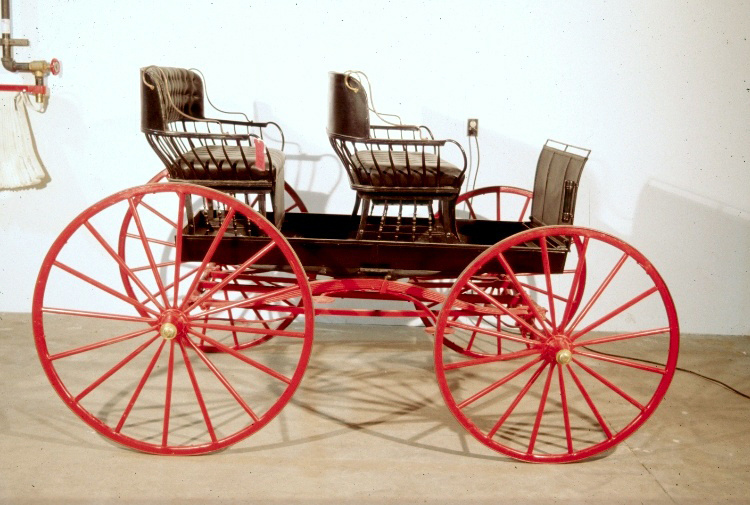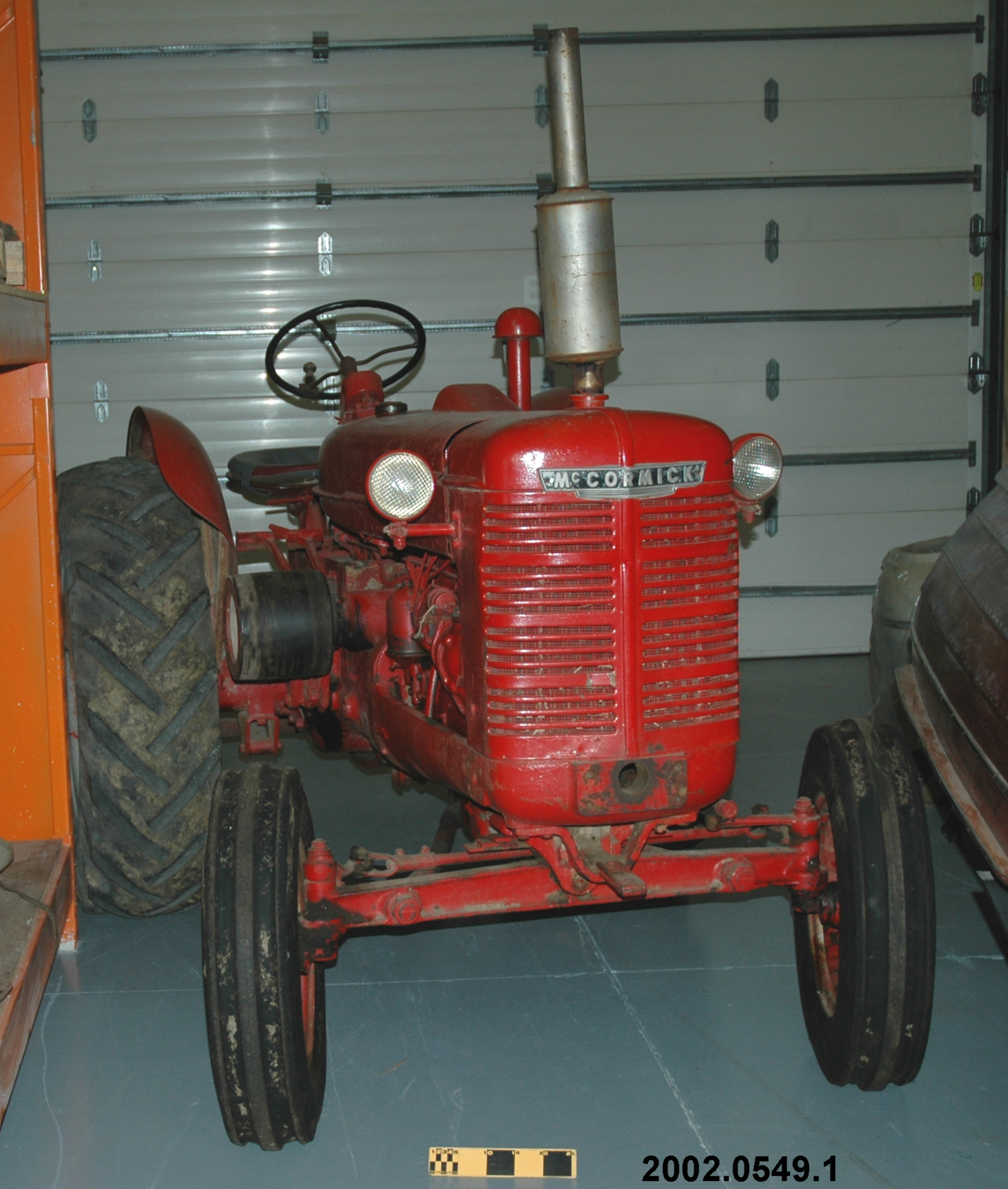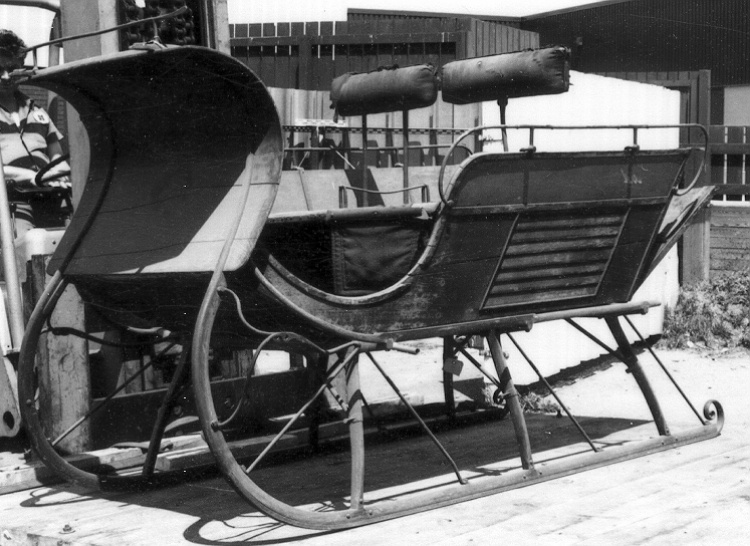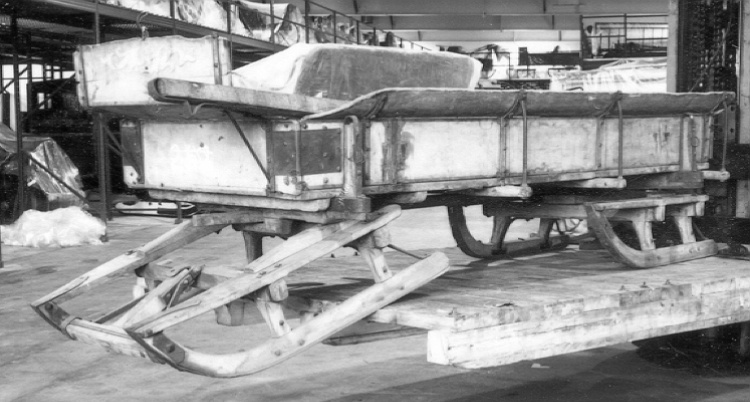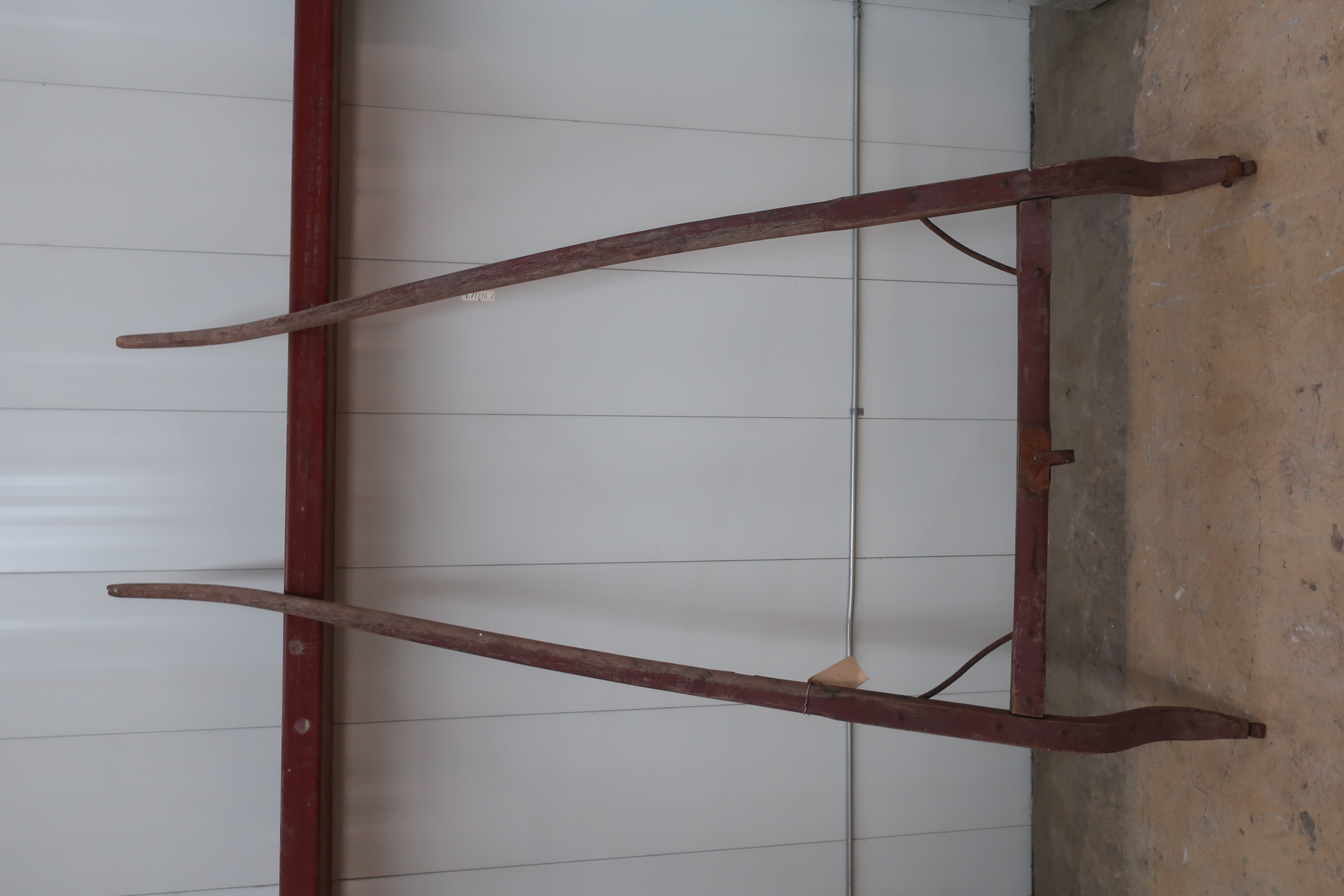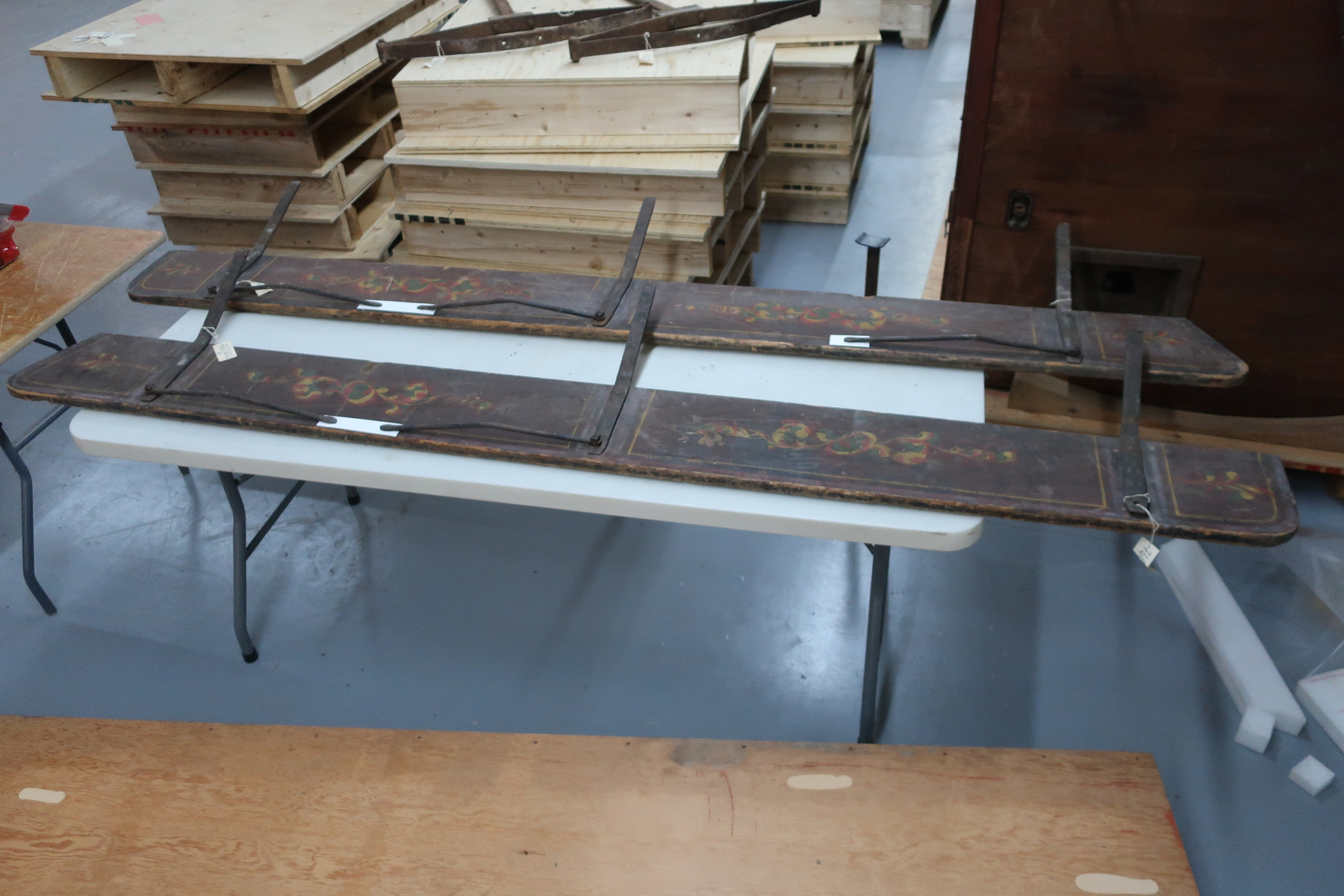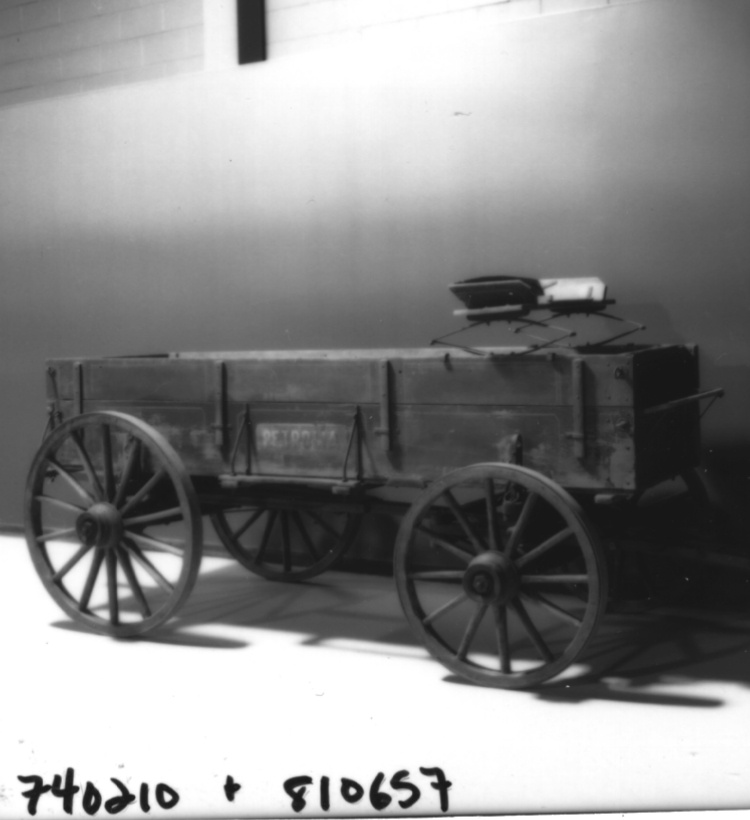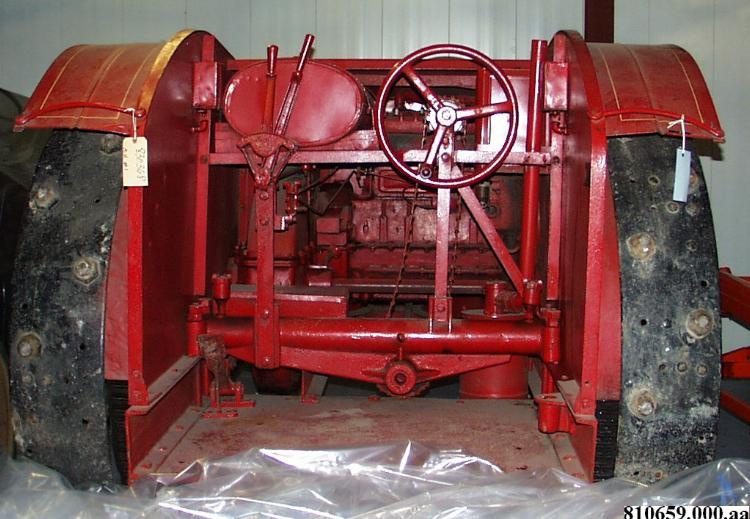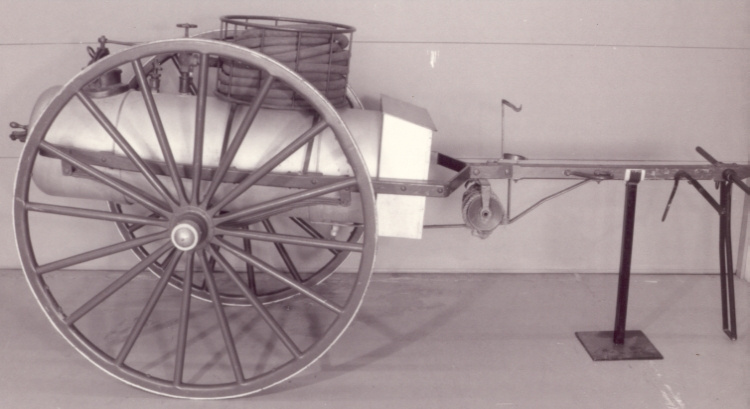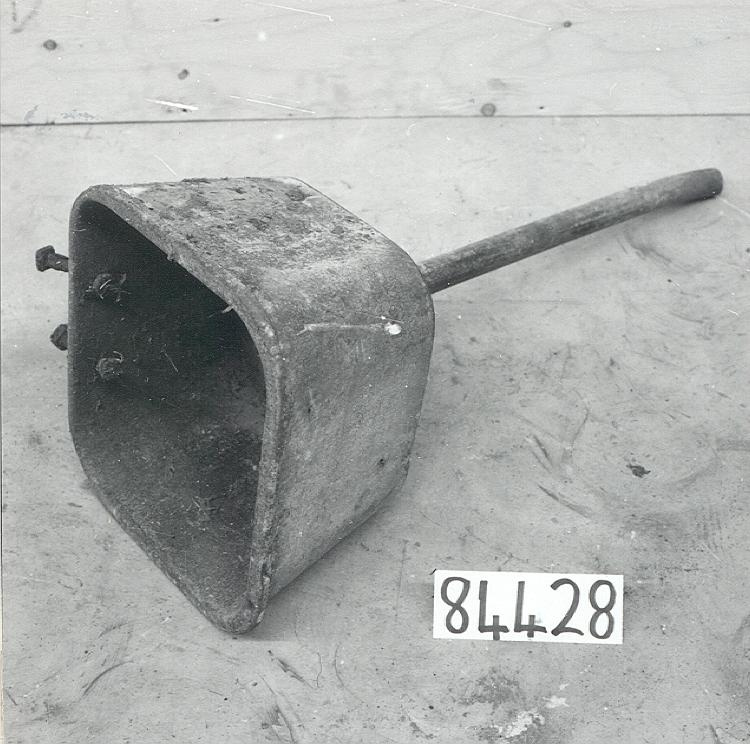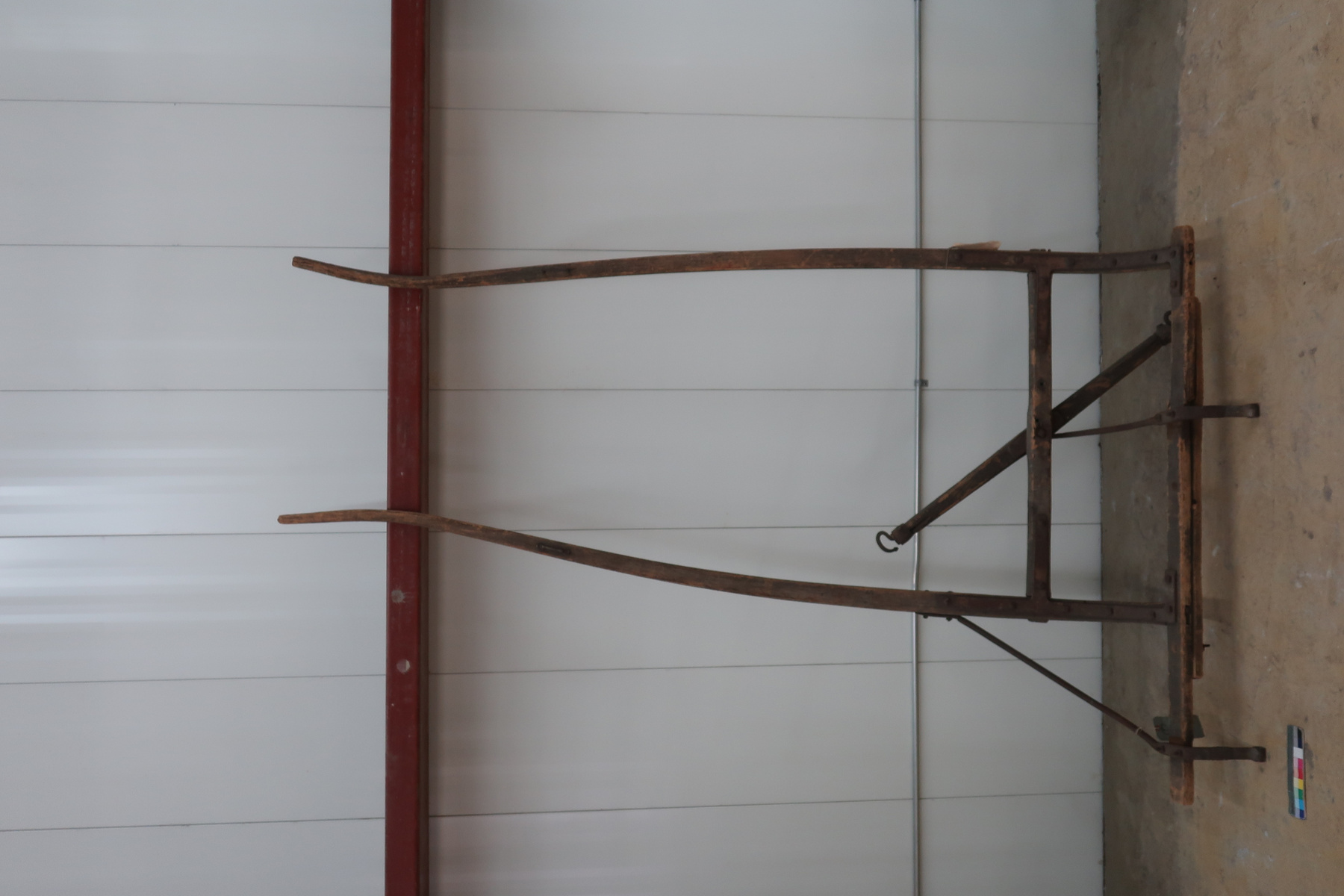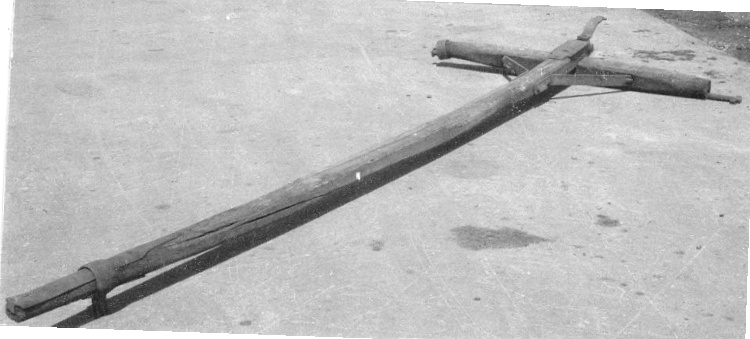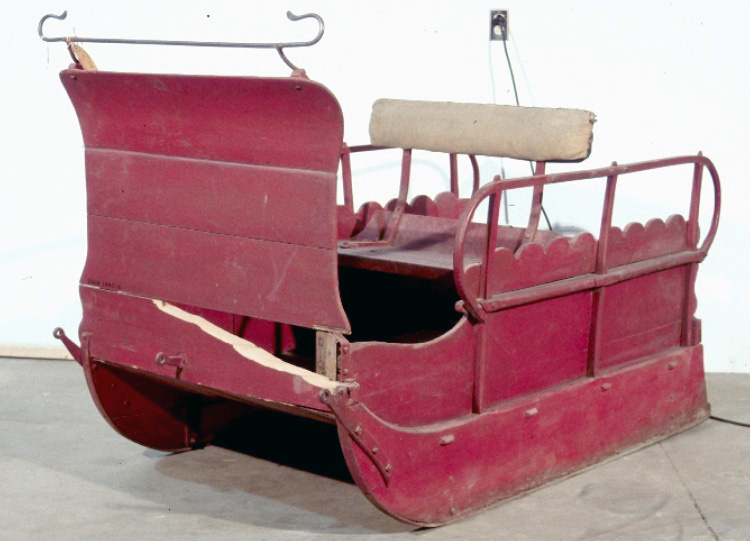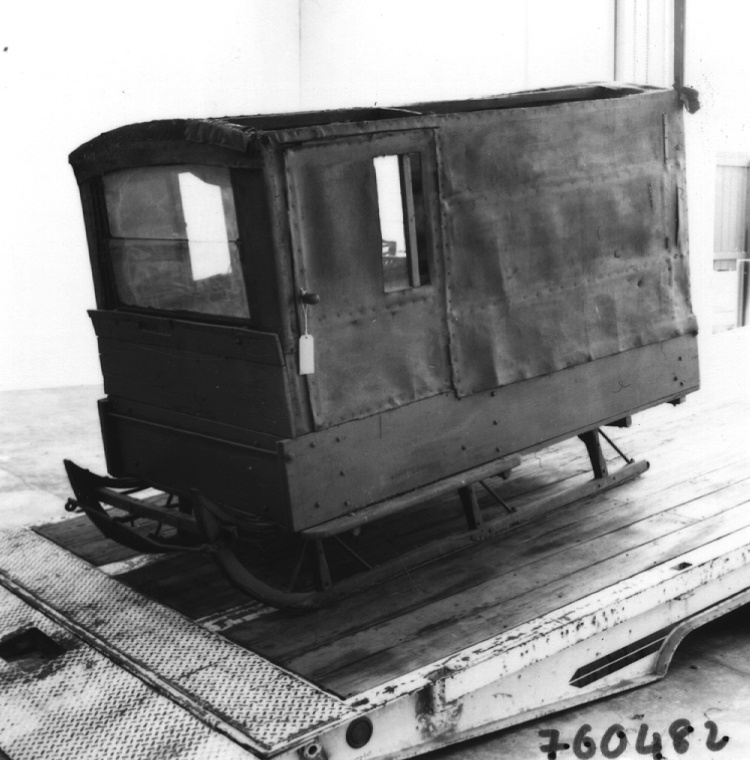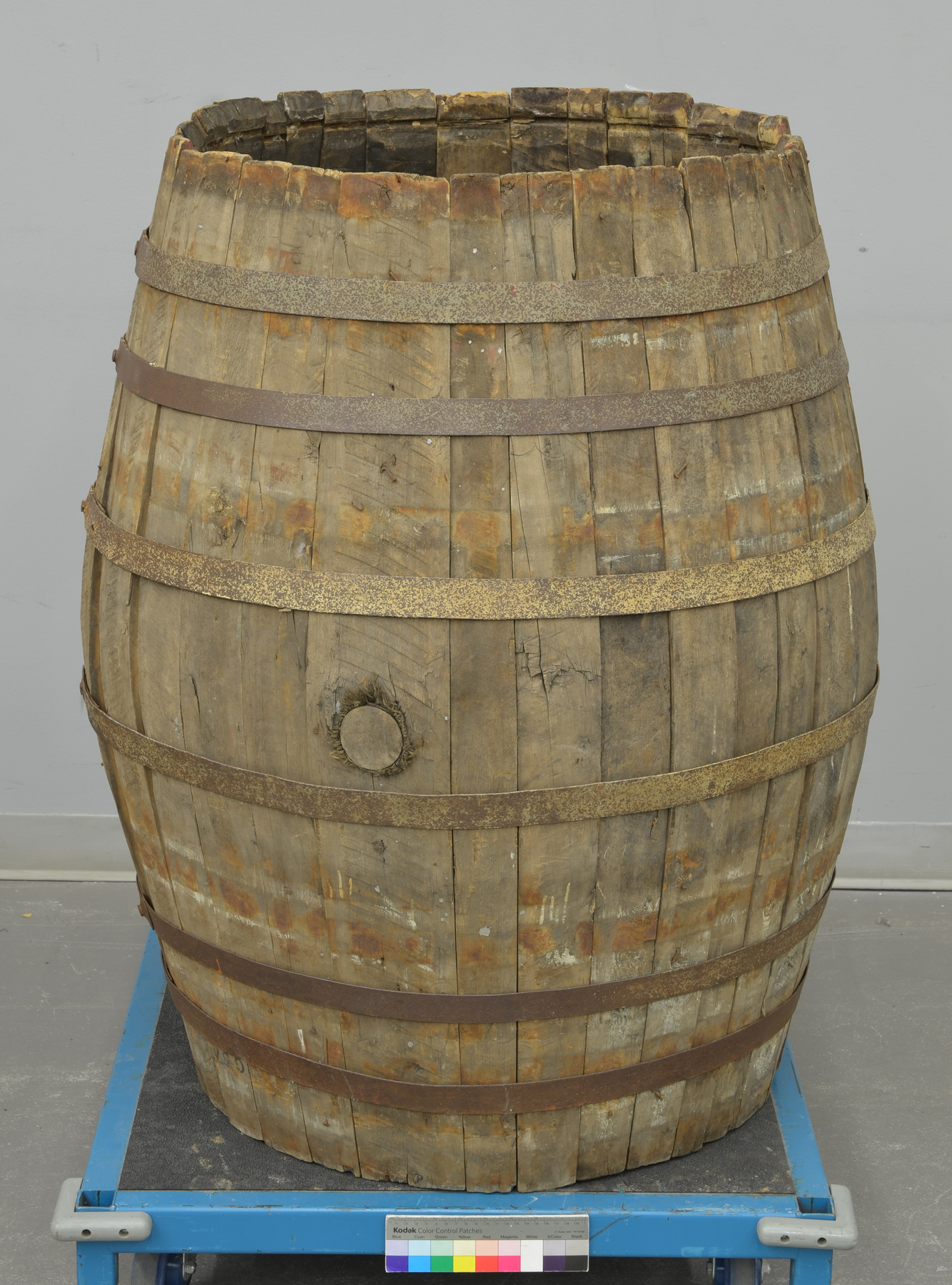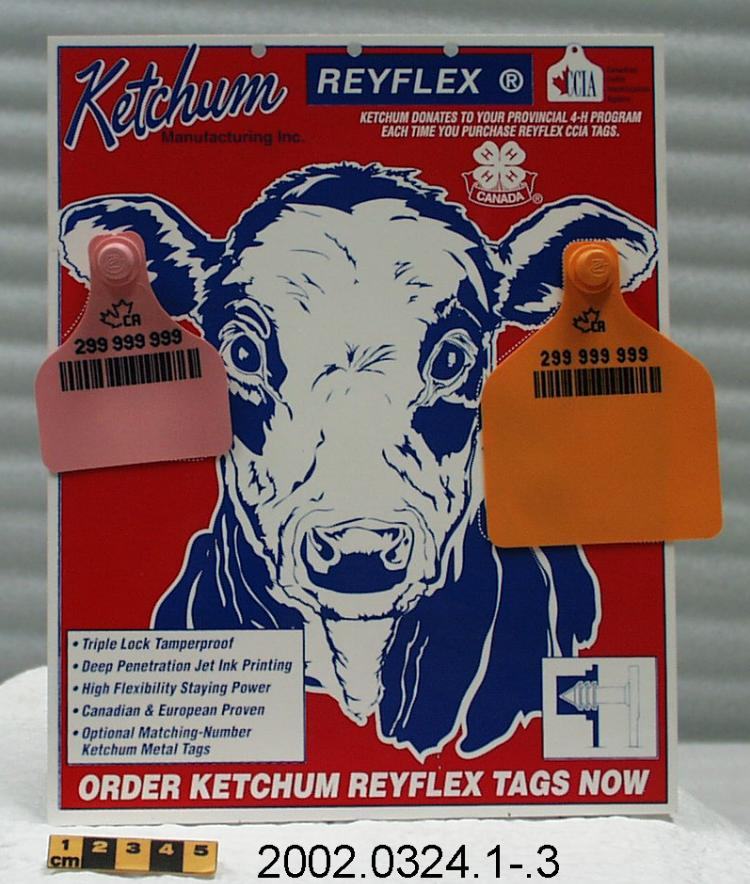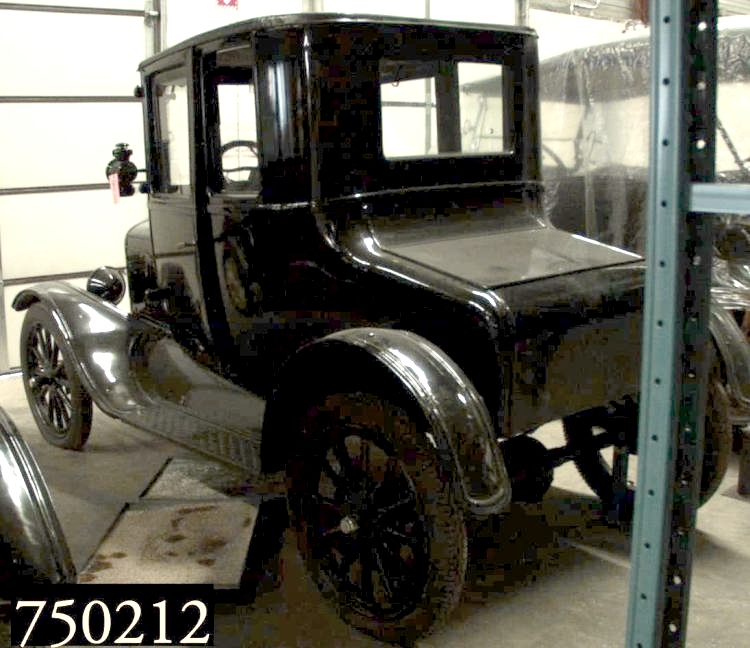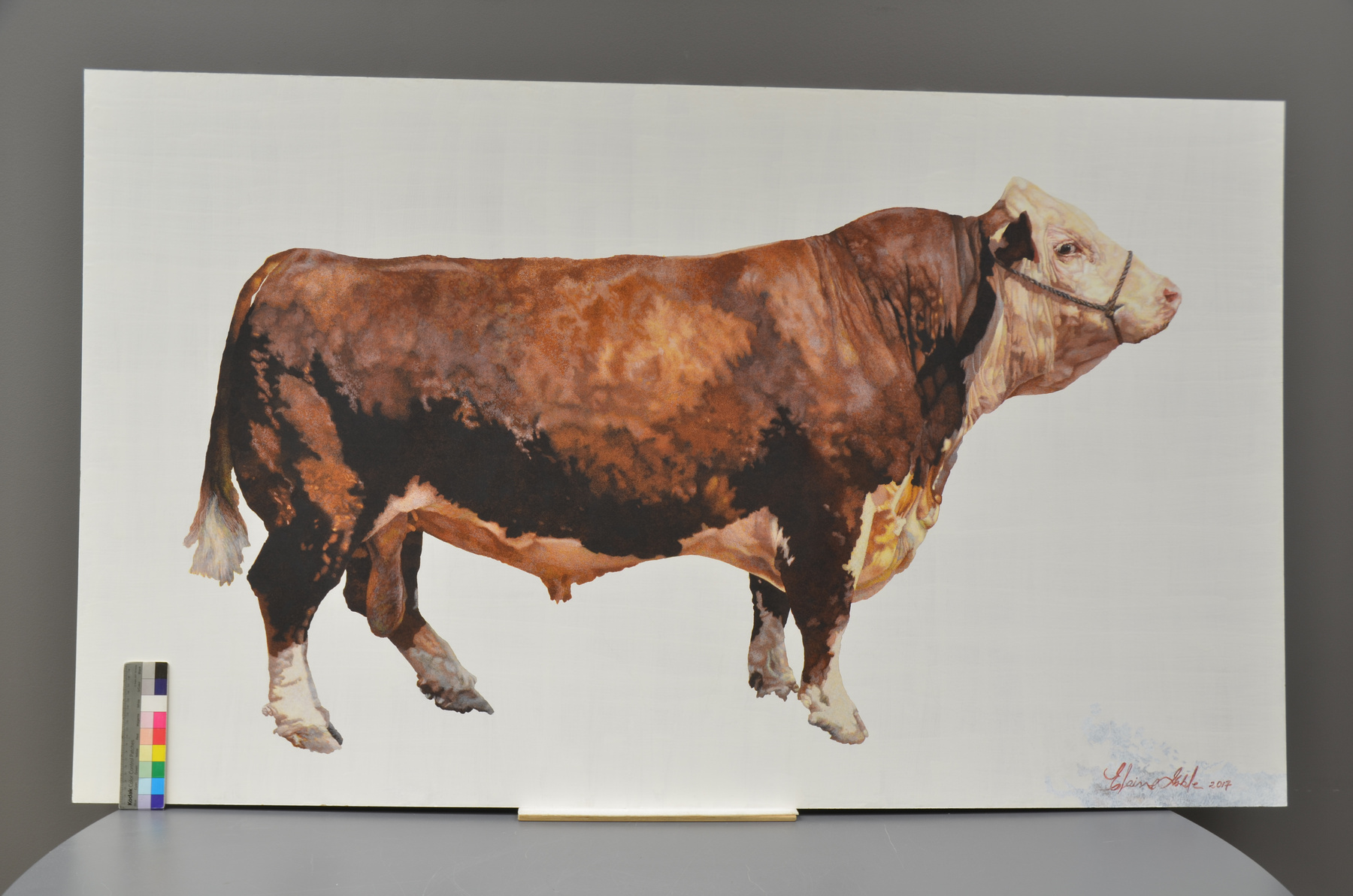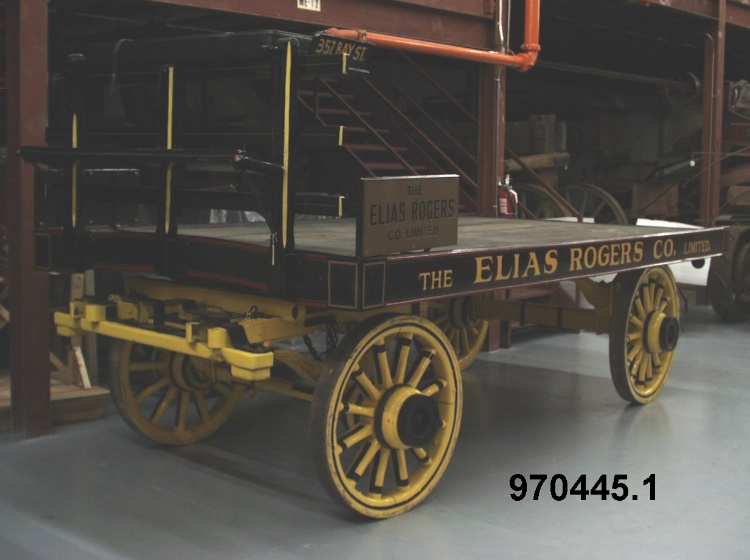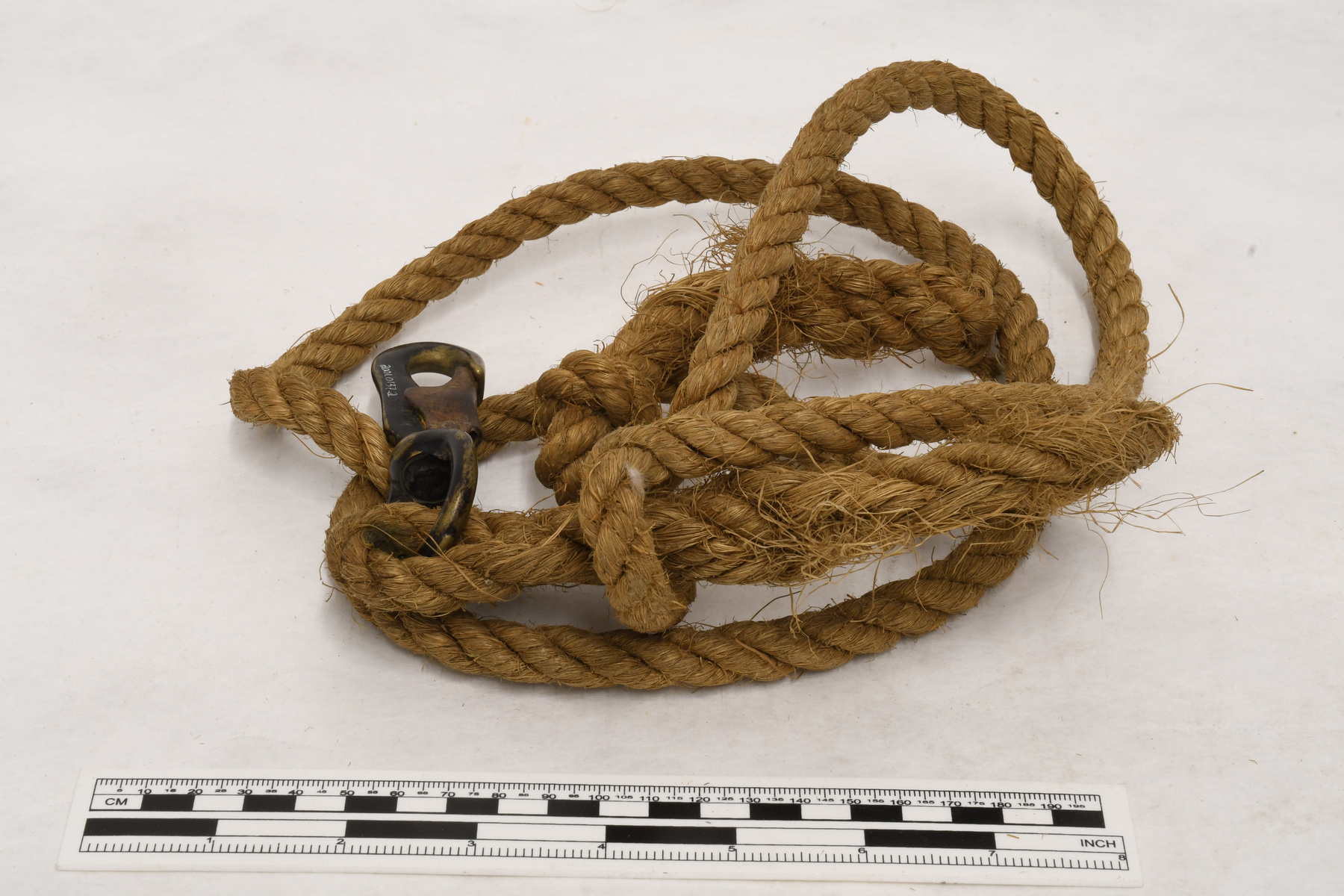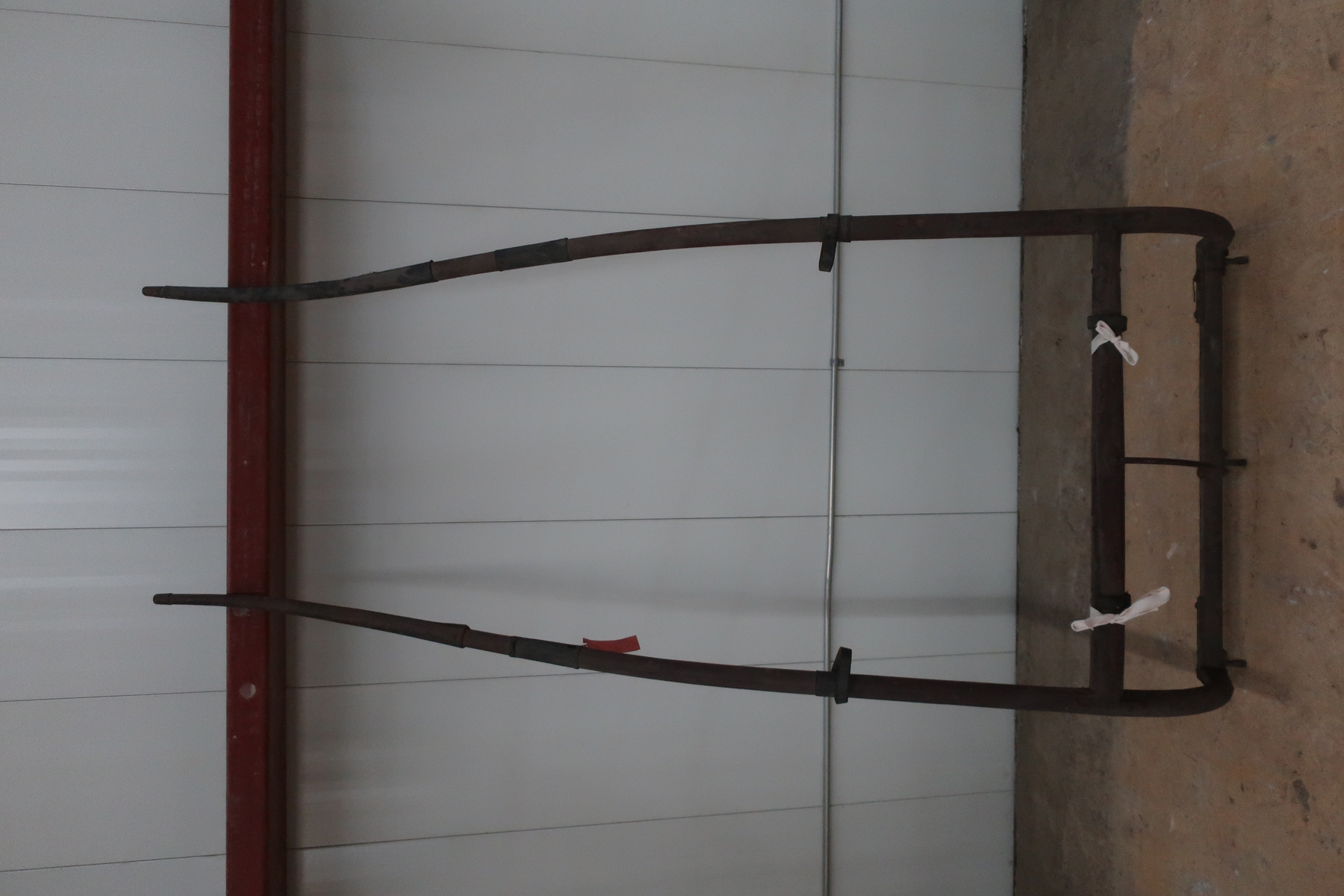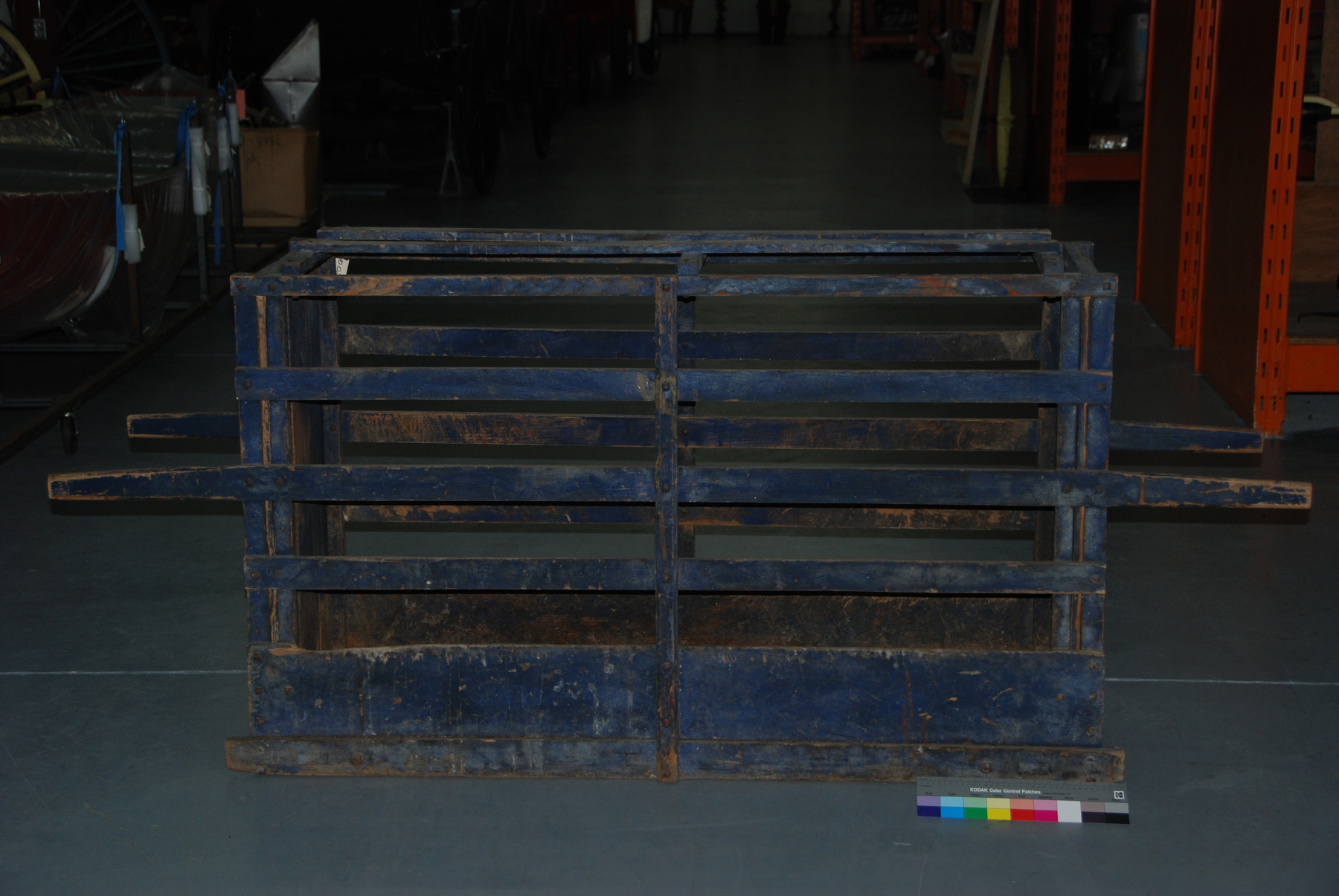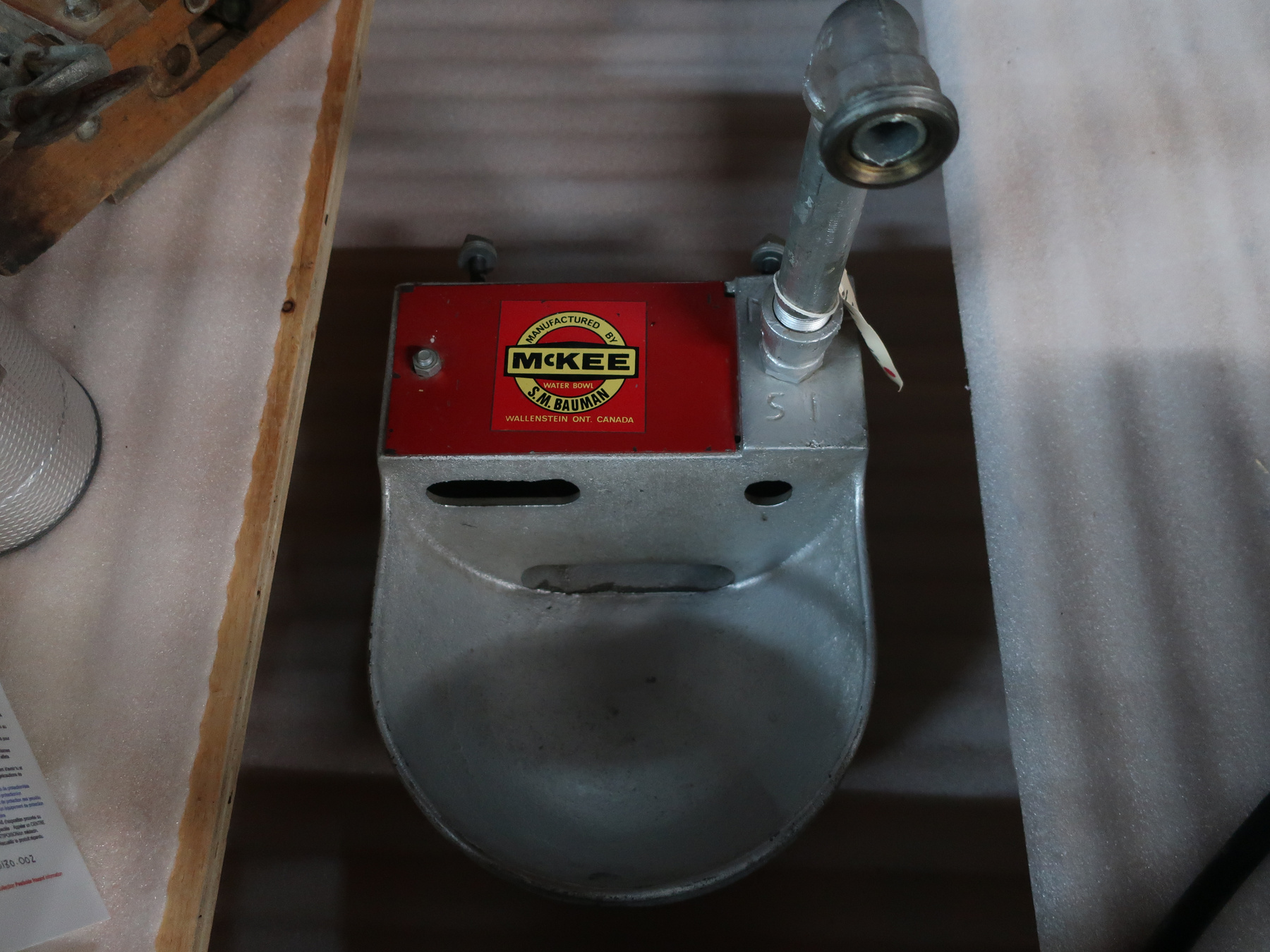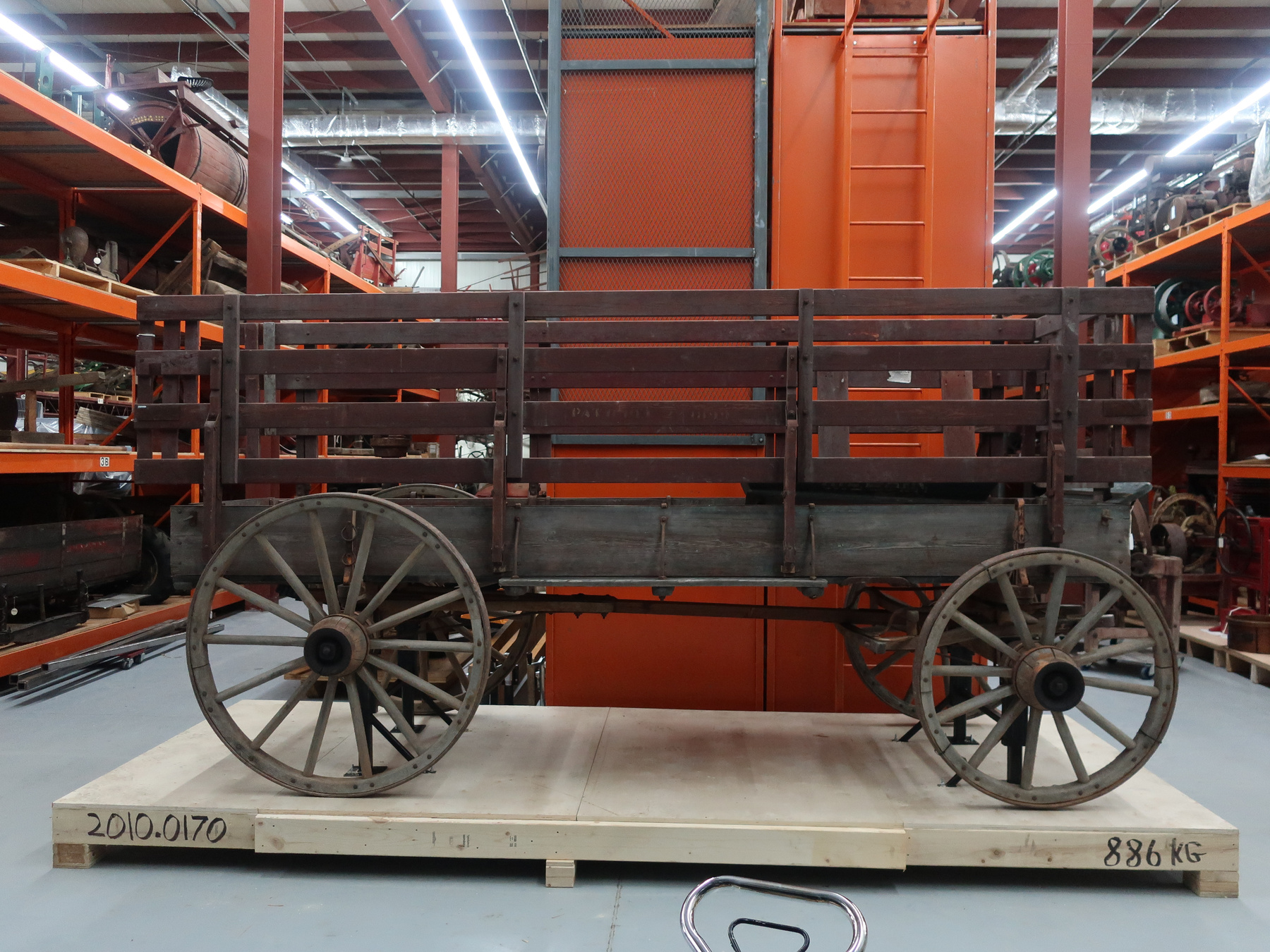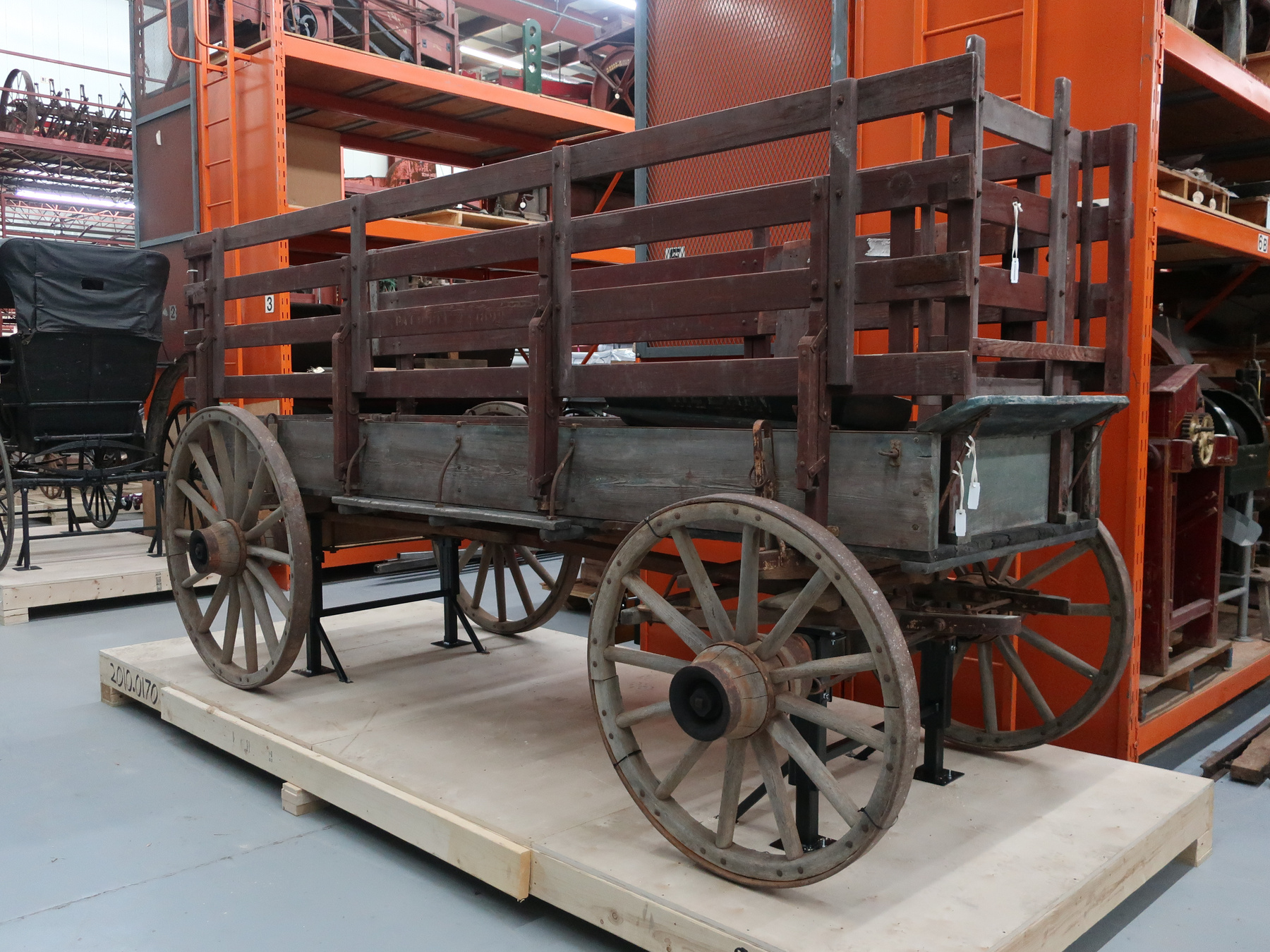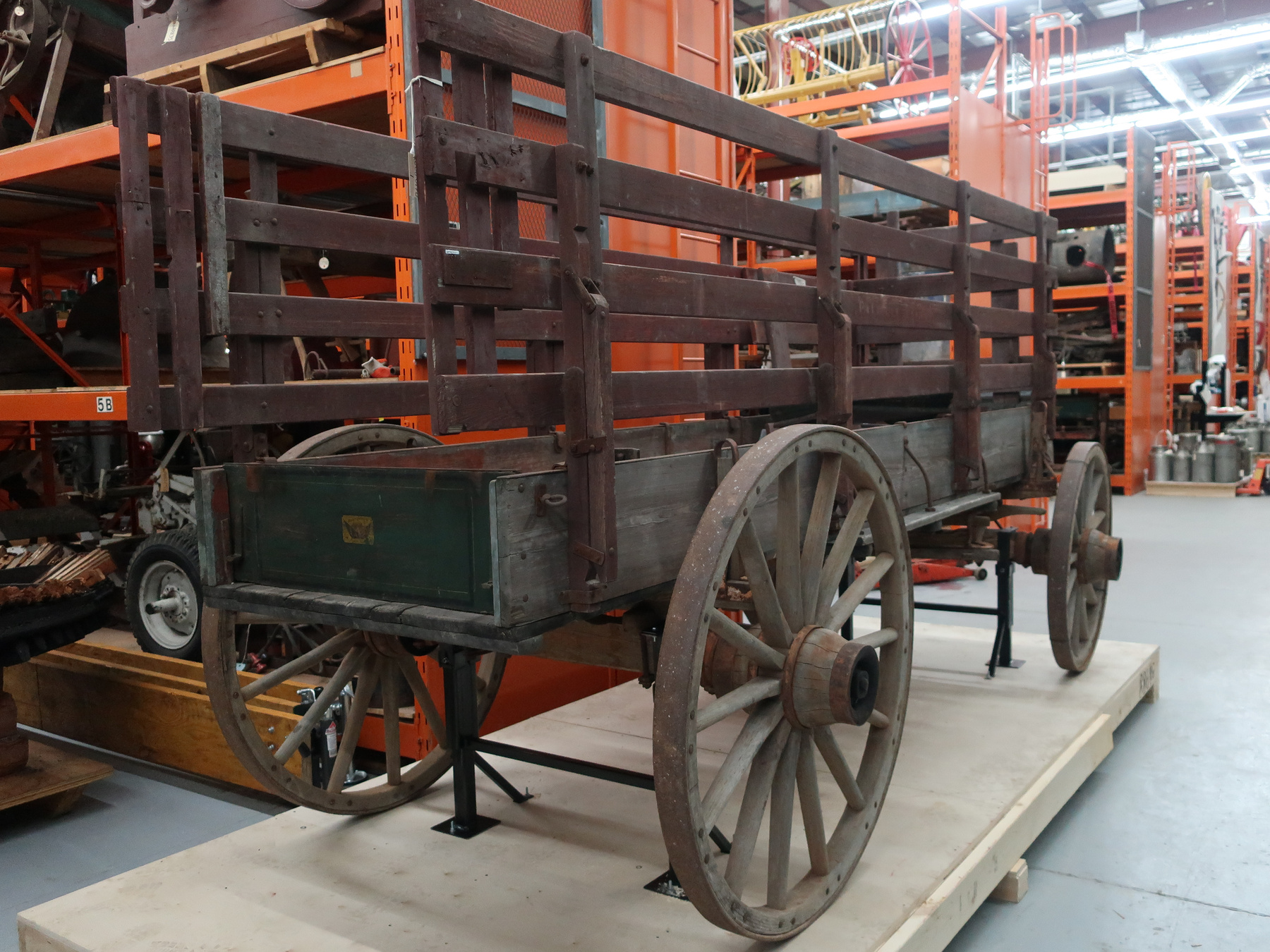Wagon
Use this image
Can I reuse this image without permission? Yes
Object images on the Ingenium Collection’s portal have the following Creative Commons license:
Copyright Ingenium / CC BY-NC-ND (Attribution-NonCommercial 4.0 International (CC BY-NC 4.0)
ATTRIBUTE THIS IMAGE
Ingenium,
2010.0170.001
Permalink:
Ingenium is releasing this image under the Creative Commons licensing framework, and encourages downloading and reuse for non-commercial purposes. Please acknowledge Ingenium and cite the artifact number.
DOWNLOAD IMAGEPURCHASE THIS IMAGE
This image is free for non-commercial use.
For commercial use, please consult our Reproduction Fees and contact us to purchase the image.
- OBJECT TYPE
- stock and hay rack
- DATE
- 1900
- ARTIFACT NUMBER
- 2010.0170.001
- MANUFACTURER
- Massey-Harris Co.
- MODEL
- Bain
- LOCATION
- Woodstock, Ontario, Canada
More Information
General Information
- Serial #
- N/A
- Part Number
- 1
- Total Parts
- 4
- AKA
- N/A
- Patents
- N/A
- General Description
- Wood body, superstructure, wheels, axles, parts/ Wood and metal undercarriage/ Wood wheels with metal hubs, tires, parts
Dimensions
Note: These reflect the general size for storage and are not necessarily representative of the object's true dimensions.
- Length
- 424.0 cm
- Width
- 170.0 cm
- Height
- N/A
- Thickness
- 217.0 cm
- Weight
- N/A
- Diameter
- N/A
- Volume
- N/A
Lexicon
- Group
- Non-motorized Ground Transportation
- Category
- Animal powered
- Sub-Category
- N/A
Manufacturer
- AKA
- Massey
- Country
- Canada
- State/Province
- Ontario
- City
- Woodstock
Context
- Country
- Canada
- State/Province
- Ontario
- Period
- circa 1900+
- Canada
-
Massey-Harris expanded their product line by representing or taking over smaller companies. The Bain Wagon Company was founded in Brantford, Ontario c.1880, but a short while later after its purchase by MH production was moved to Woodstock, Ontario. Given the boosterism that was prevalent at that time it would appear that the city fathers of Woodstock were more willing to provide tax incentives that those of Brantford who already had a well-established agricultural equipment manufacturing infrastructure. By the 1890s Bain was arguably the largest wagon and sleigh manufacturer in Canada. In order to be able to offer wagons and sleighs to their rapidly expanding client base and rather than having to invest in the equipment required to manufacture them at their Toronto factories, MH simply purchased Bain. Generally, the period of the 1890s was characterized as one of consolidations with the other prime example being the conglomerate that became the International Harvester Company. Unlike IHC, MH originated in Canada and only much later set up a manufacturing base in the US to better access the American market. Both companies clearly took advantage of the protection afforded by tariff barriers and the establishment of branch plant operations when it suited their corporate bottom-line. As an interesting side-note at about the same time there was also a Bain Wagon Company actively building wagons and sleighs in Kenosha, Wisconsin. The wagon came from the Hunta Heritage Museum, via Reinhart Auctions. The Hunta Heritage Museum has been in existence since at least the 1980s. It was born of the private collection of Jerry and Phyllis Miller. What in the 1980s was a "bunch of old stuff" stored and displayed at their farm outside Hunta, by the 1990s had become a "pioneer village" development closer to Hunta that was made up of recreated buildings packed full of period objects. Because much of the larger equipment was displayed inside at both locations, the wooden objects such as this wagon/rack fared much better than others in private museum collections. - Function
-
Stock rack wagons were used by farmers to haul livestock to a slaughterhouse or show, or as hay wagons to haul loose hay or remove manure, primarily by livery stables etc. - Technical
-
Stock rack wagons were a common vehicle style when beef cattle were still being hauled to a sale barn or to a slaughterhouse by horse-drawn vehicle. They were used to haul livestock in circumstances where a full rail cattle car load was not feasible or where the slaughterhouse did not have access to a rail siding. They were also used when farmers needed to haul a number of cattle to a show such as the Royal Winter Fair. Their use as hay wagons was primarily by contractors or by larger livery stables. The supply of large quantities of loose hay and the removal of equally large amounts manure were two necessities for the many livery companies that were a common feature of Canada's urban centres. A contractor would have been hired to act as a middleman between farmer supplier and livery stable end-user in the purchase and haulage of hay. The current transportation tool for the transportation of a similar number of cattle is a tandem axle stock truck. They have a wider and longer wheelbase than a regular heavy-duty farm wagon in order to increase capacity and to reduce any side to side rocking that might occur when the livestock shifted or when the vehicle encountered a bump in the road. The sides of the box portion of the outfit are much lower than those on a regular single box wagon. They are equipped with high side racks to which the stock could be tied and that also served to prevent the animals from escaping. Though they have the heavy felloes and tires common to medium to heavy weight wagon gears, they have a slightly smaller wheel diameter in order to lower the wheelbase to facilitate loading and unloading stock and loose hay. In their use for hauling loose hay the high sides of the open rack were canted out allowing a larger load to be transported without the risk of it dumping along the way. - Area Notes
-
Unknown
Details
- Markings
- White painted lettering on left side of body reads ‘THE BAIN’/ Lettering on left side of superstructure reads ‘PATD DEC 22 1899’/ Yellow label on back reads ‘SOLD ONLY/ BY/ MASSEY-HARRIS CO./ LIMITED’, ‘BRANCHES/ AT/ TORONTO/ MONTREAL/ ST. JOHN’. ‘BRANCHES/ AT/ WINNIPEG/ REGINA/ CALAGARY’, and ‘HEAD OFFICE/ TORONTO CANADA’
- Missing
- Unknown
- Finish
- Exterior body painted green/ Superstructure and interior painted red/ Metal finish obscured by corrosion
- Decoration
- Yellow label on back has image of wagon and crossed flags
CITE THIS OBJECT
If you choose to share our information about this collection object, please cite:
Massey-Harris Co., Wagon, circa 1900, Artifact no. 2010.0170, Ingenium – Canada’s Museums of Science and Innovation, http://collection.ingeniumcanada.org/en/id/2010.0170.001/
FEEDBACK
Submit a question or comment about this artifact.
More Like This
